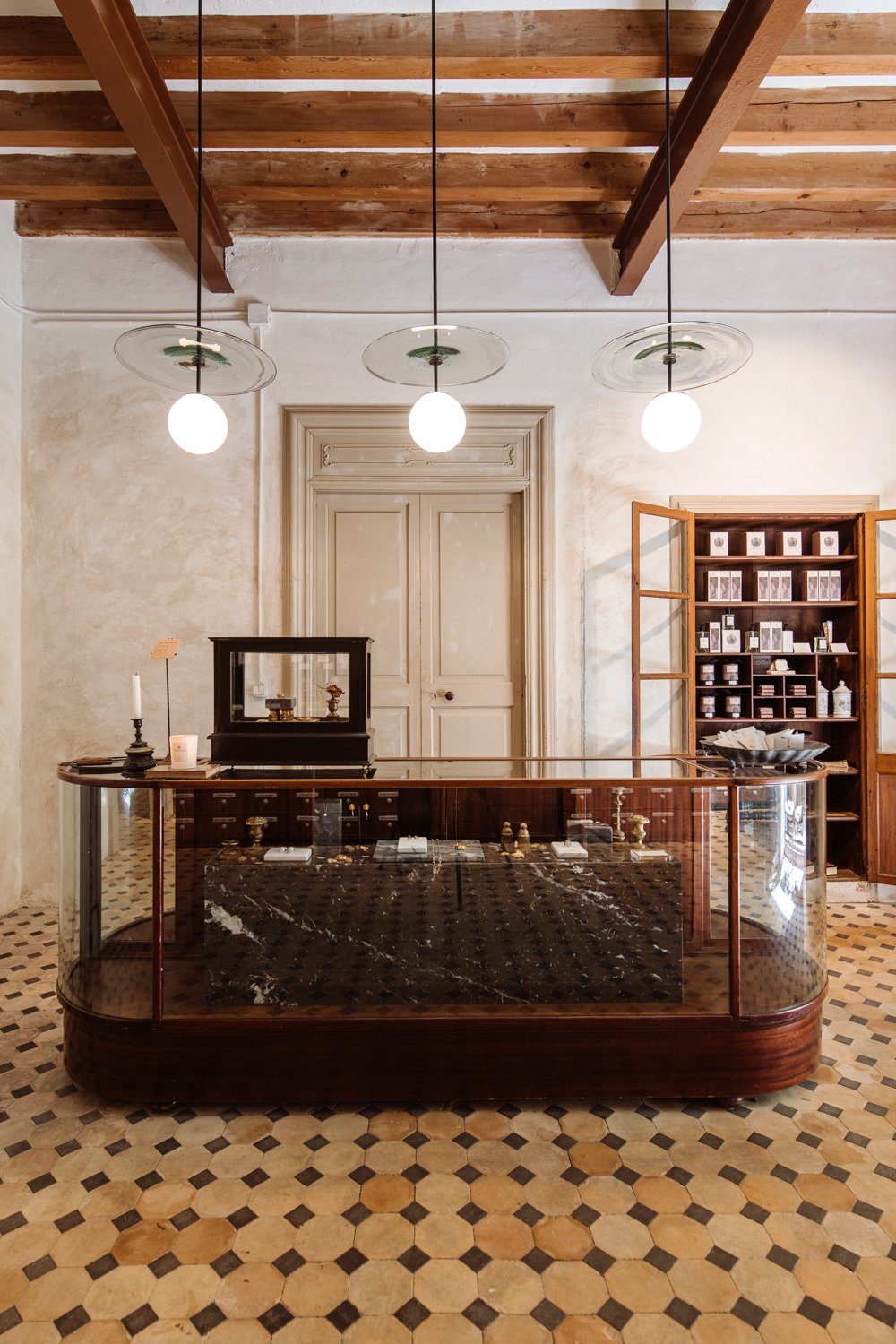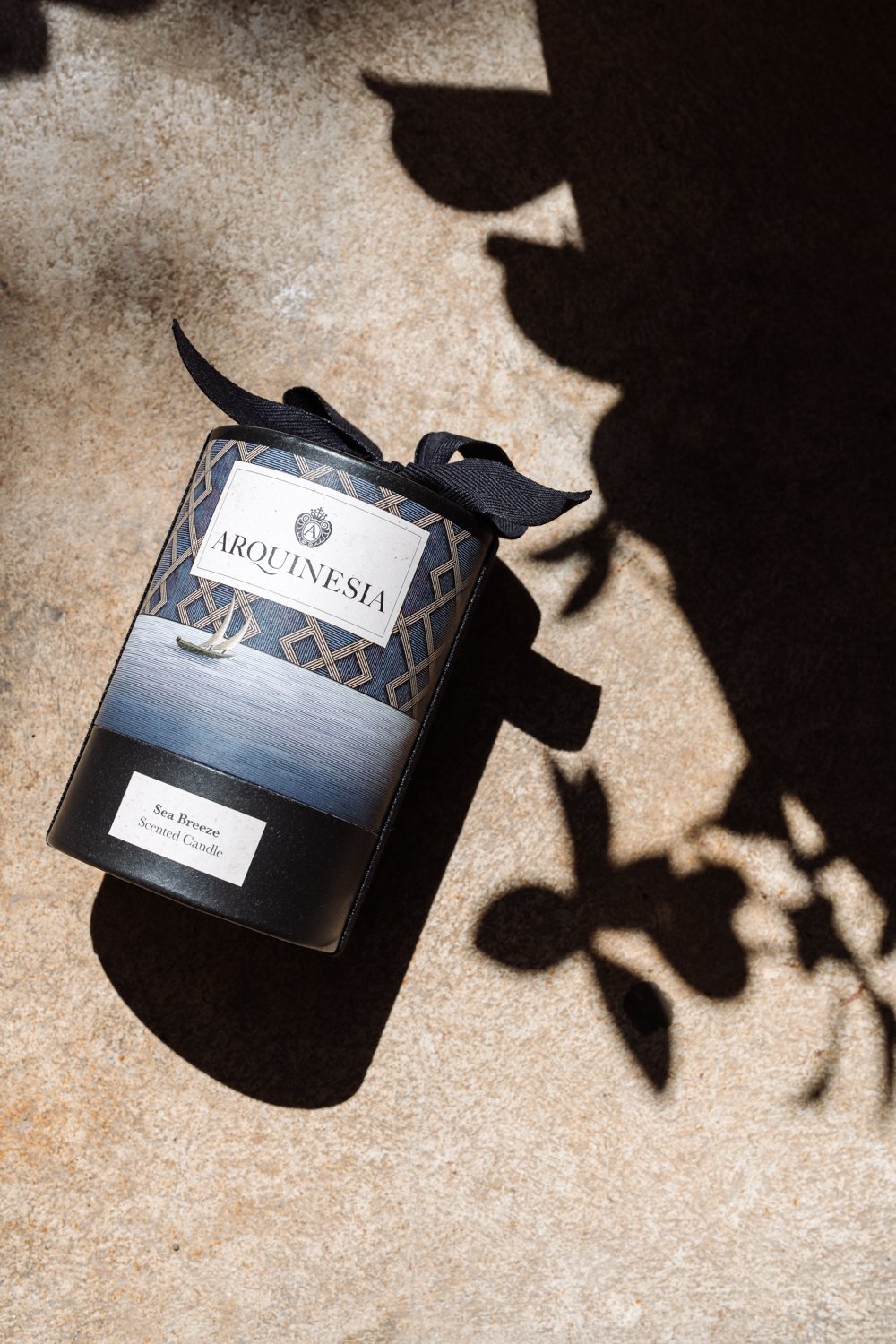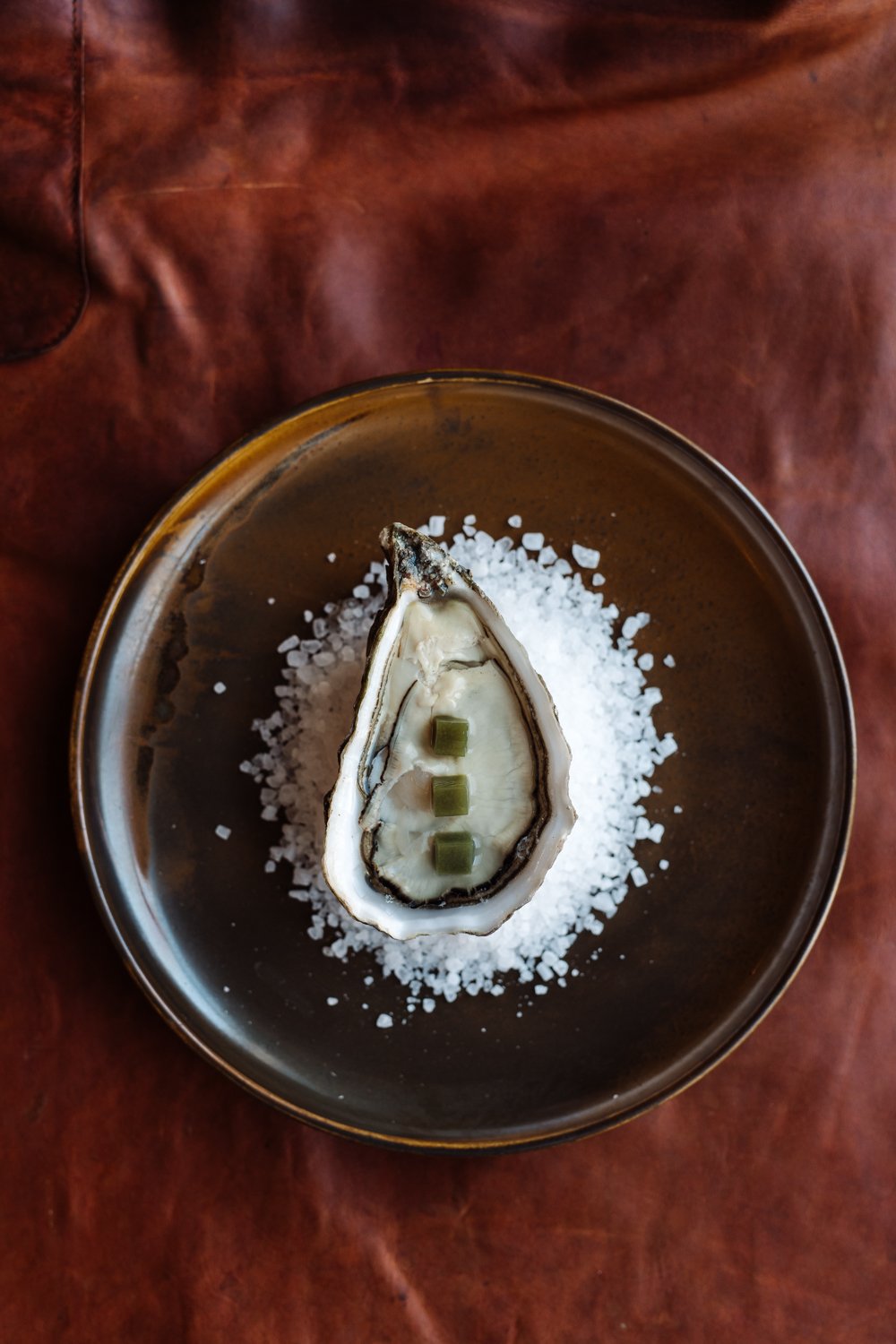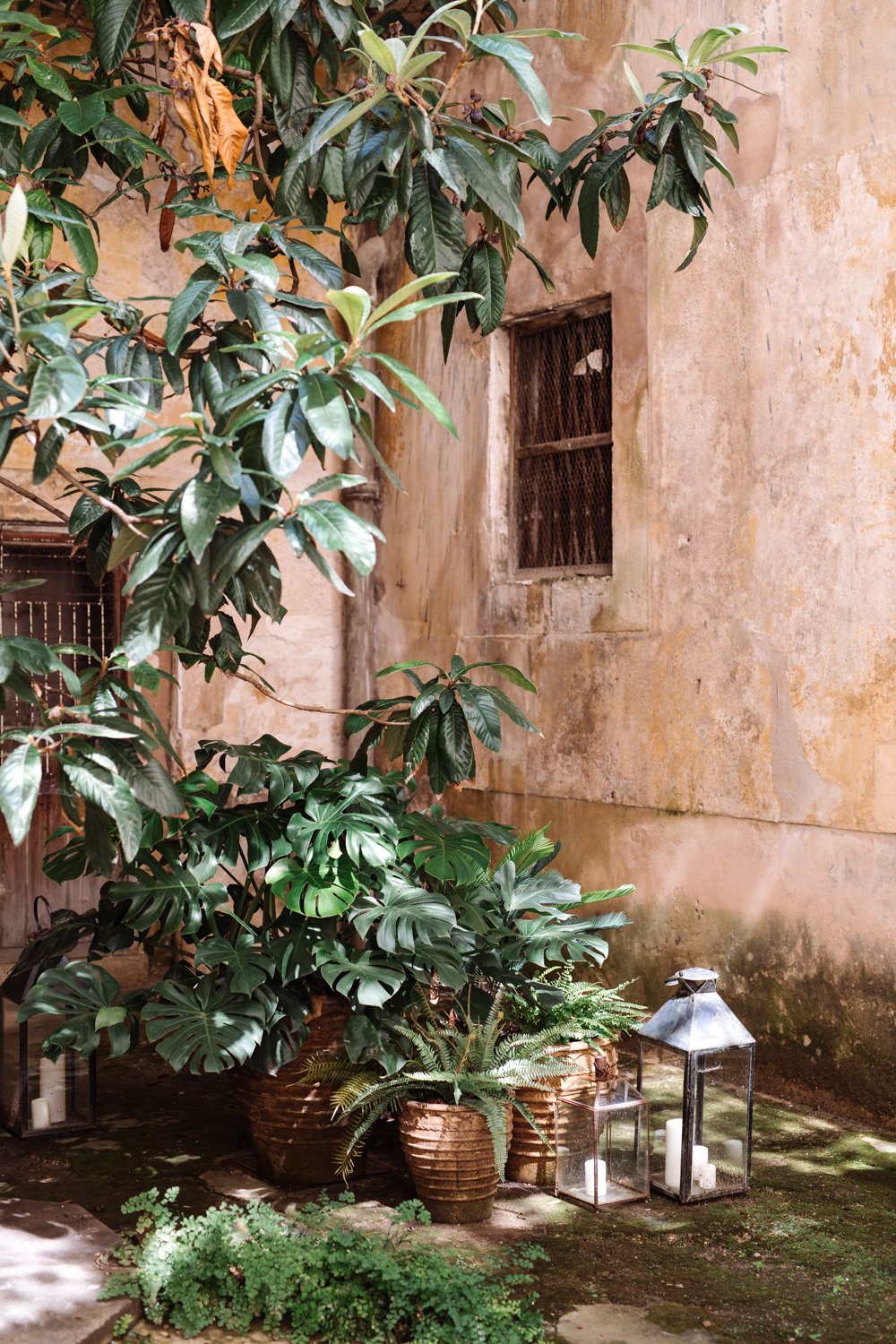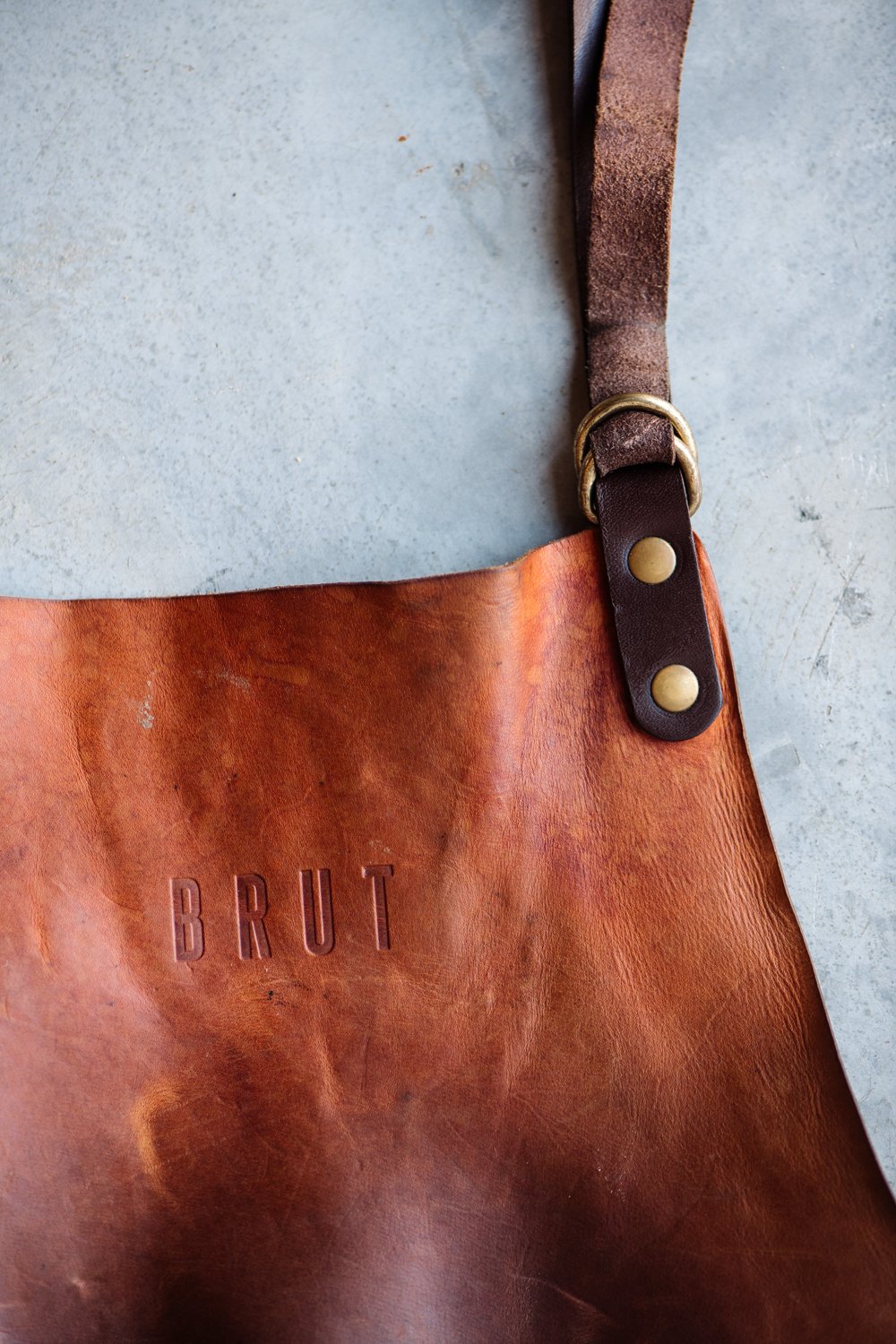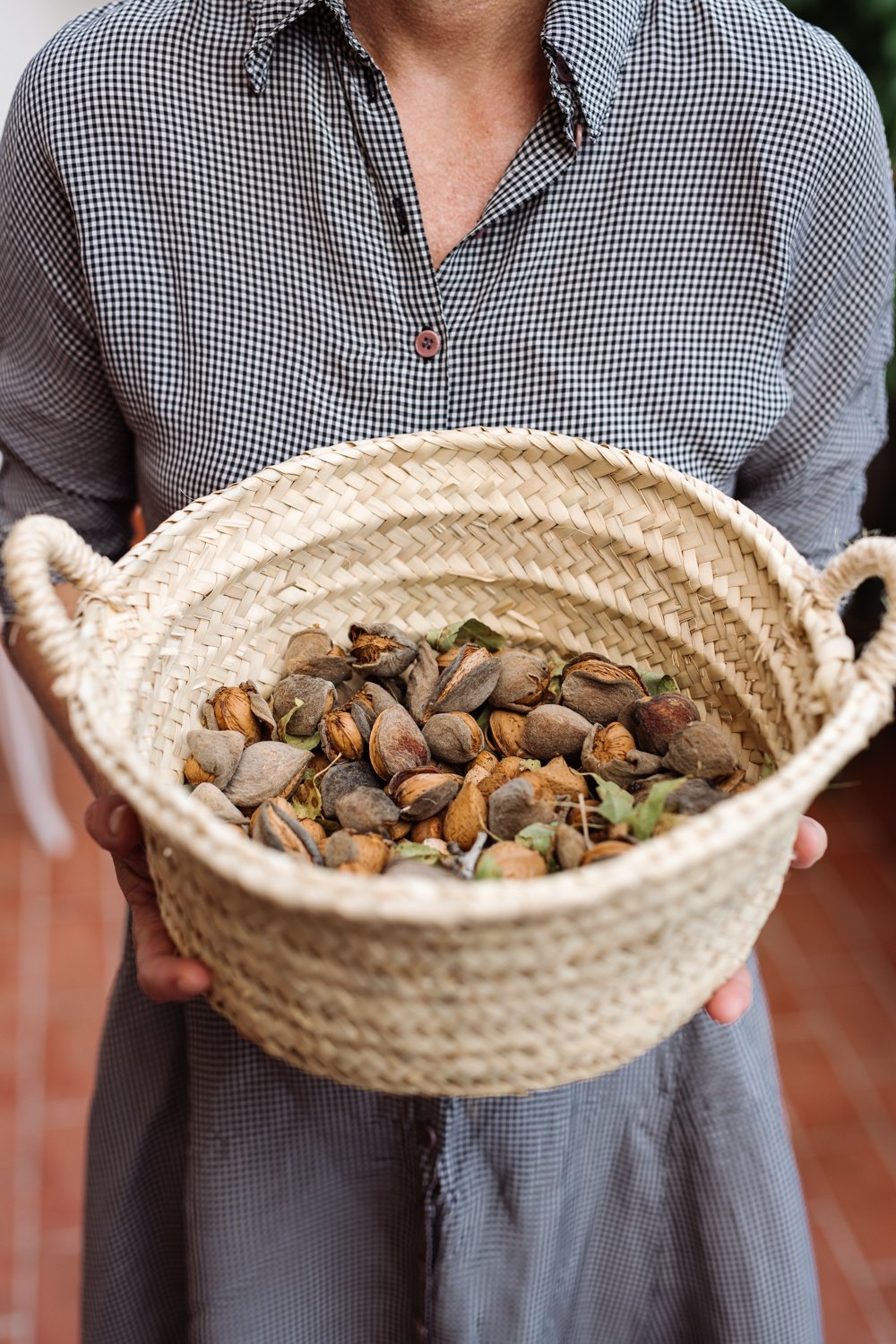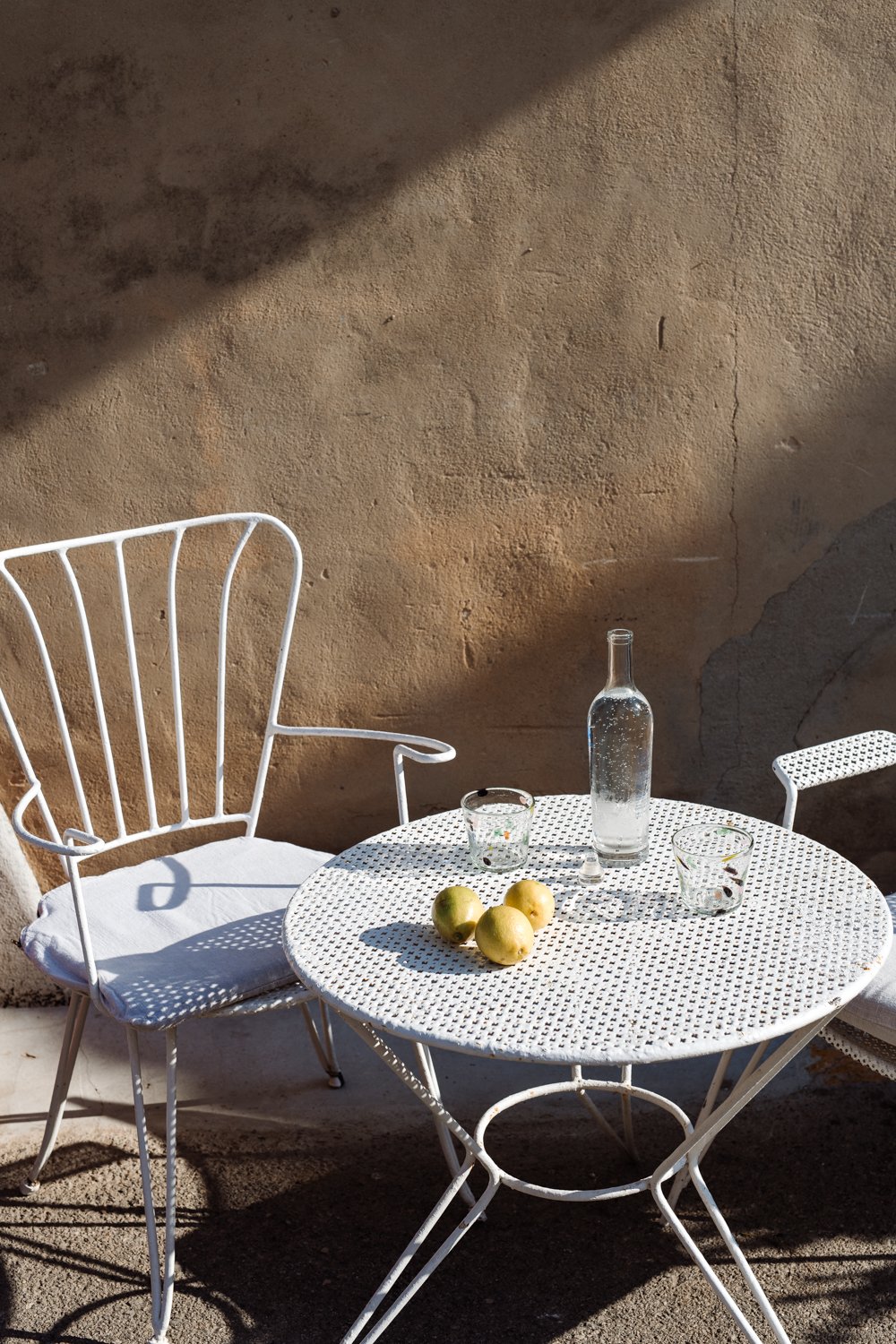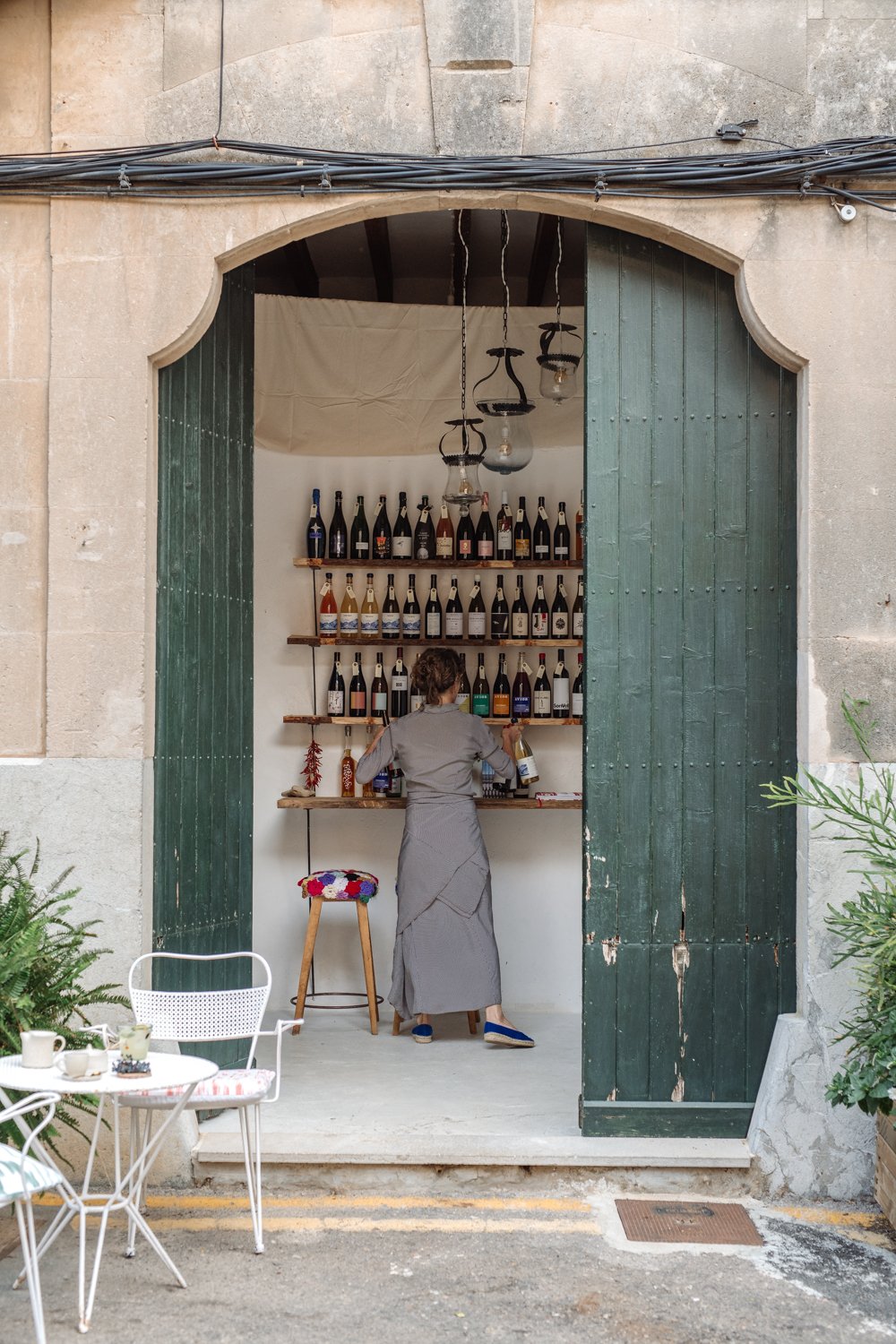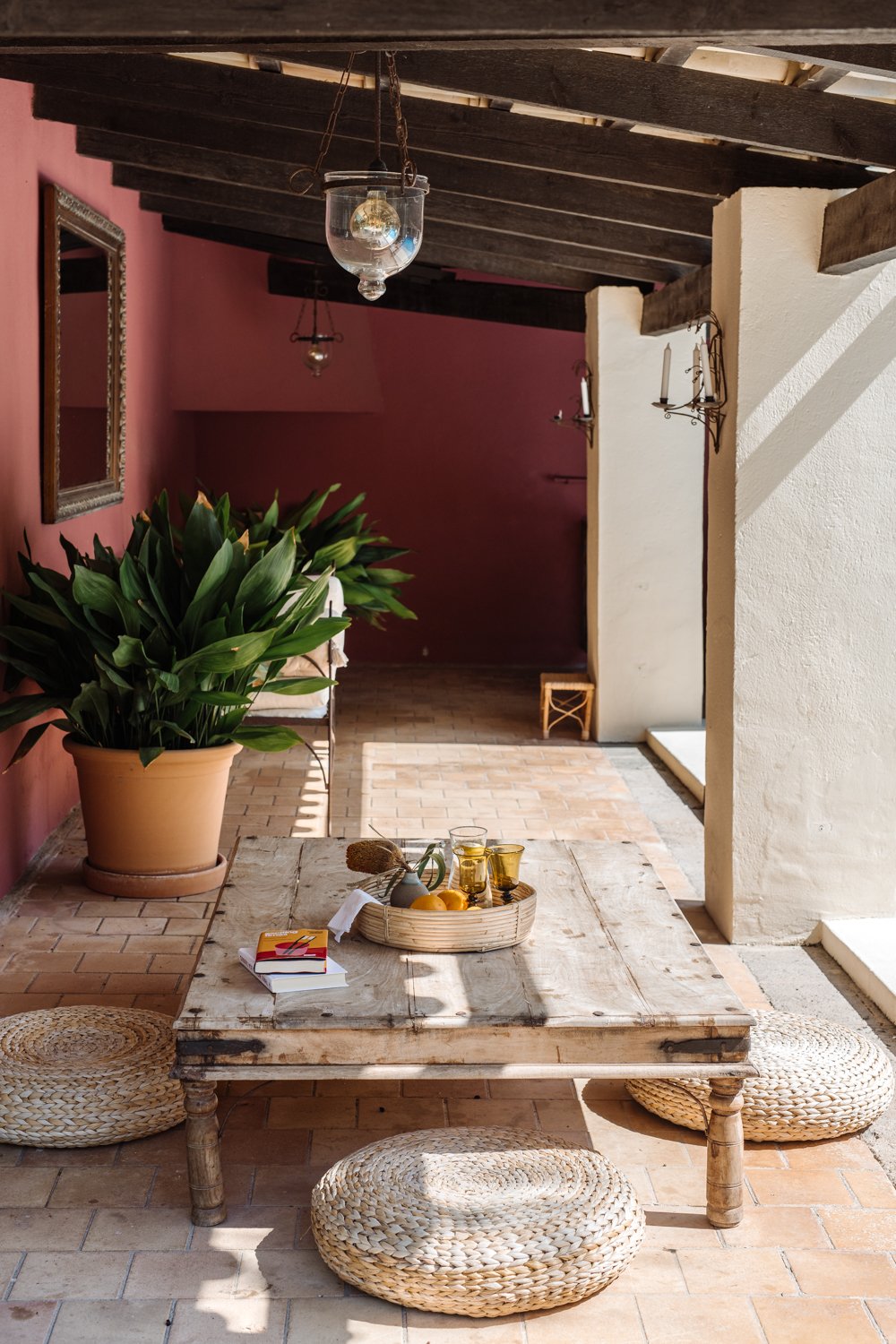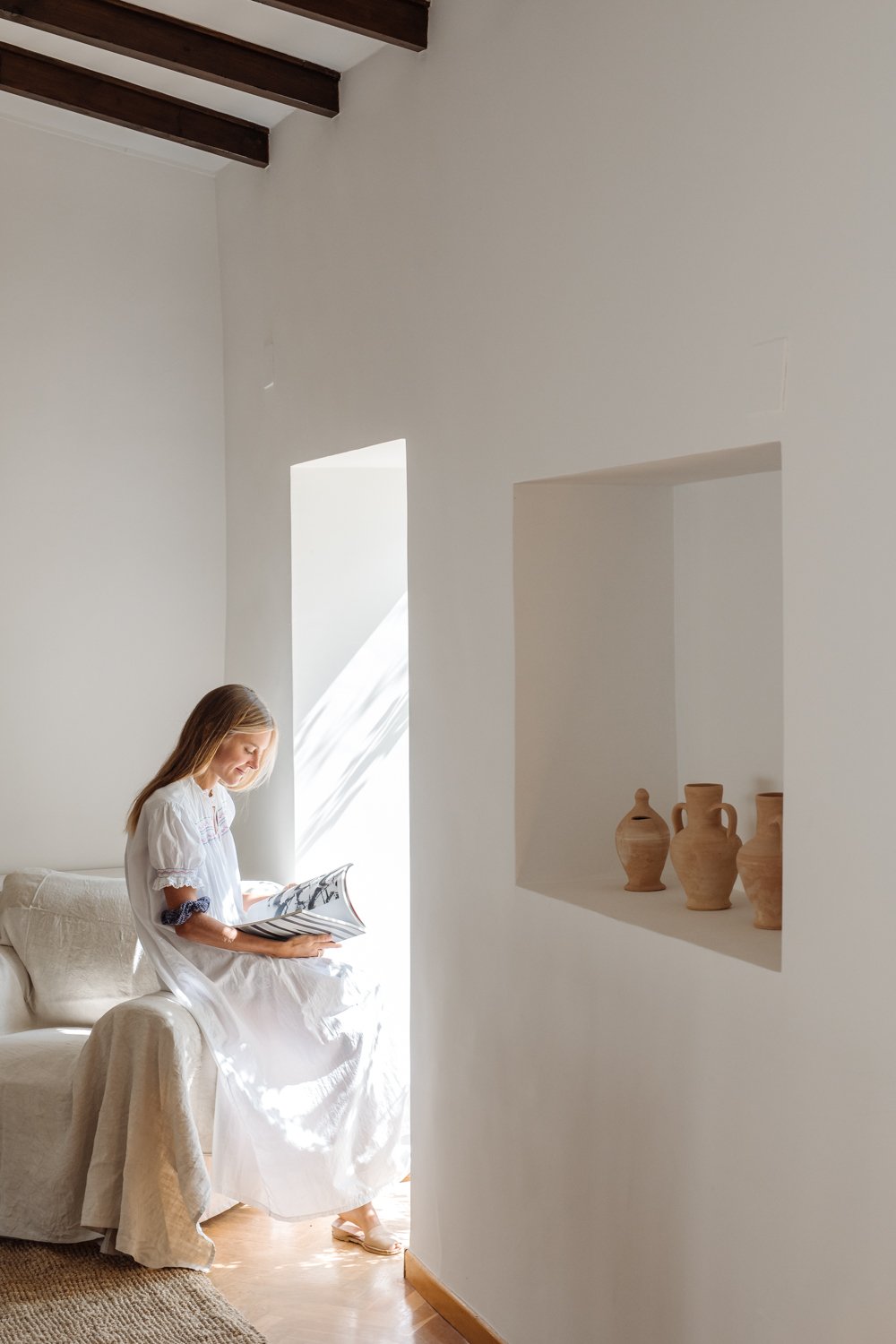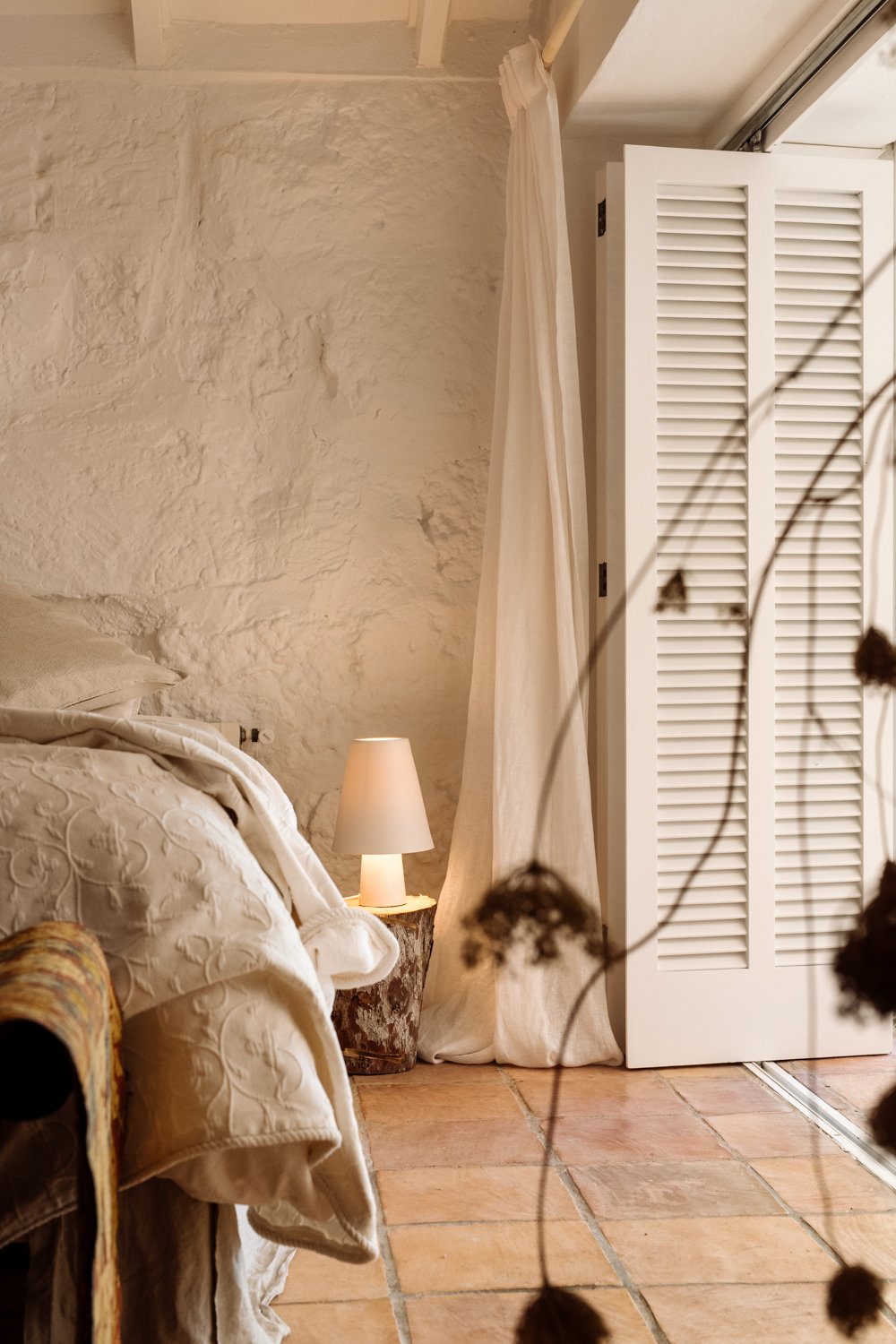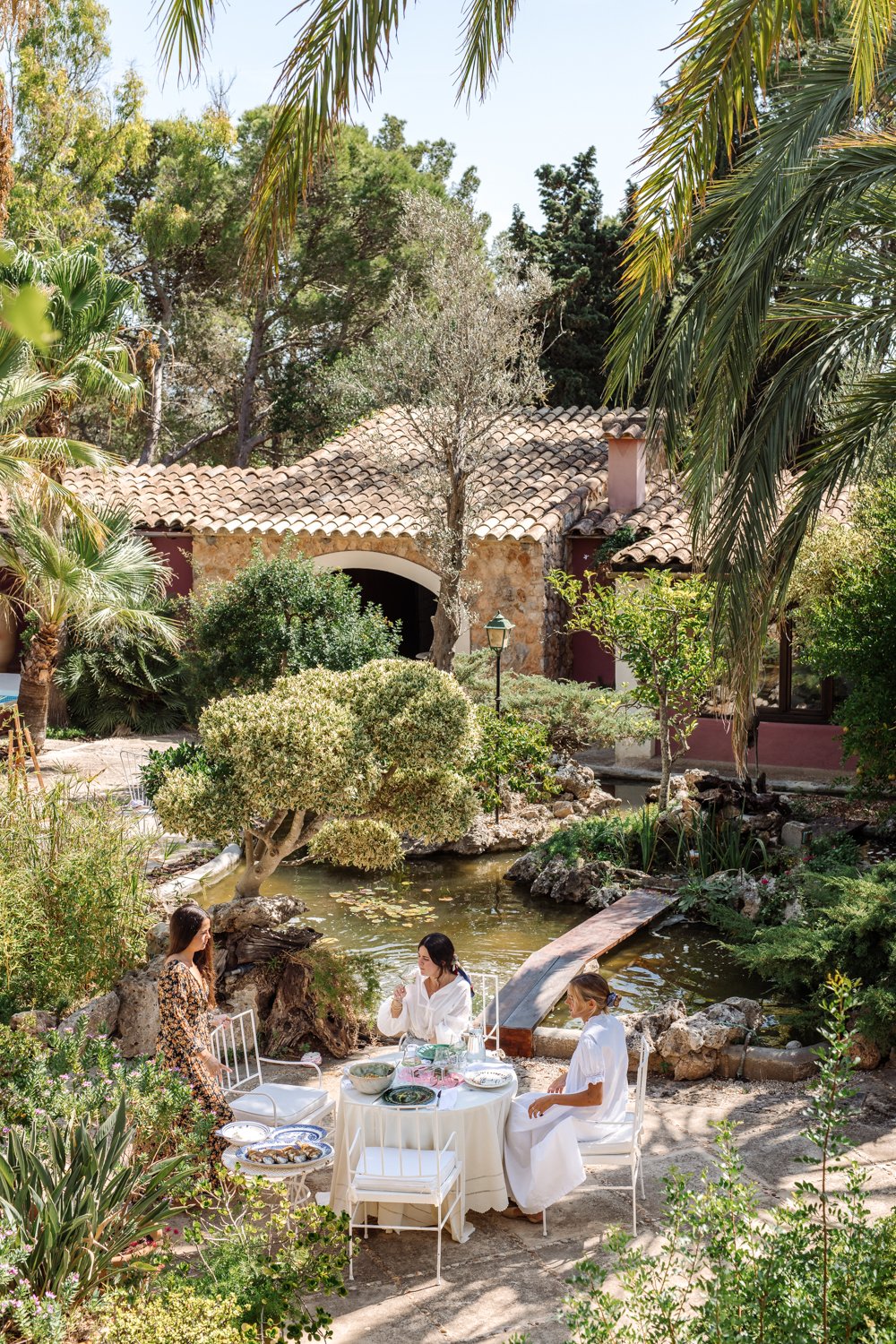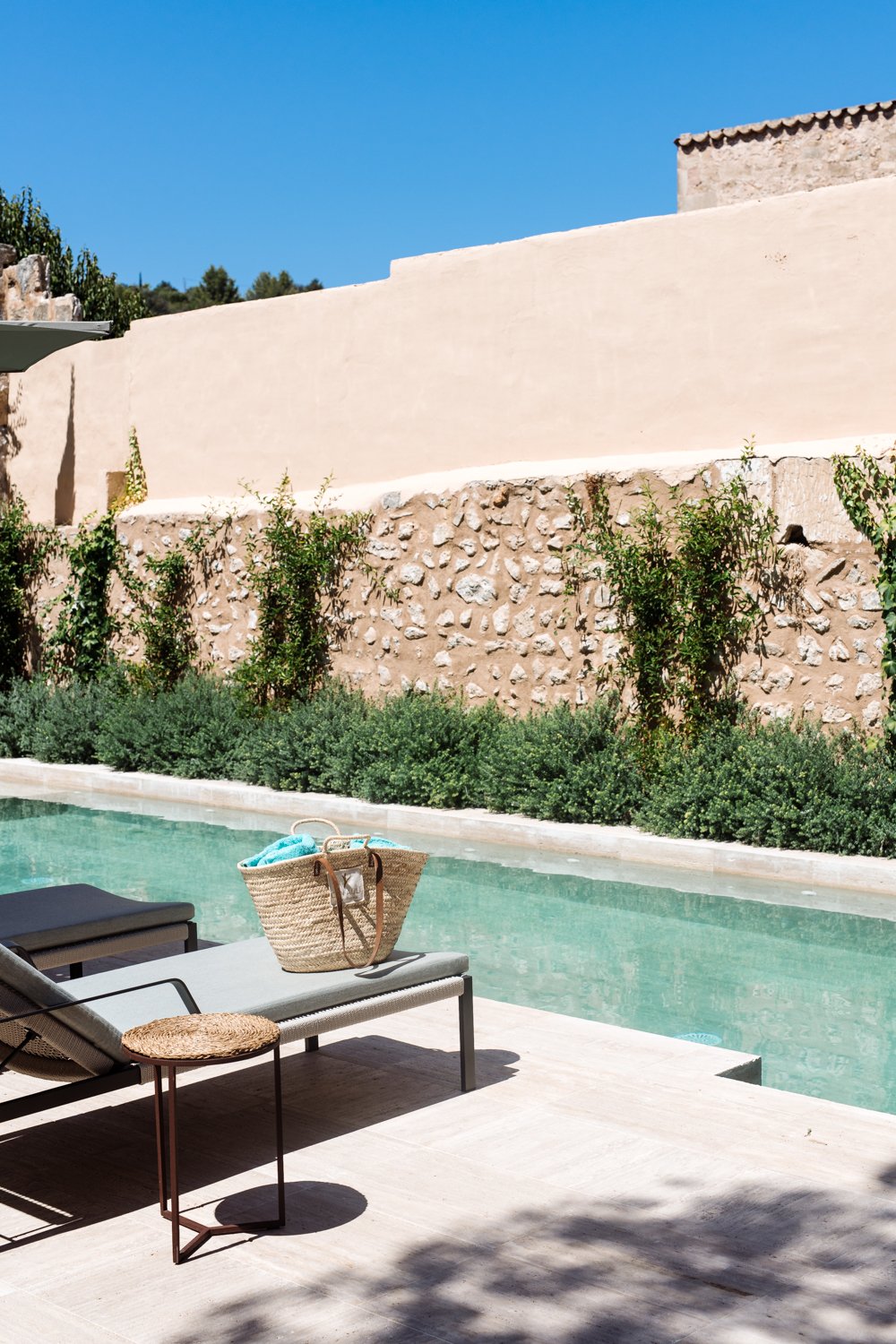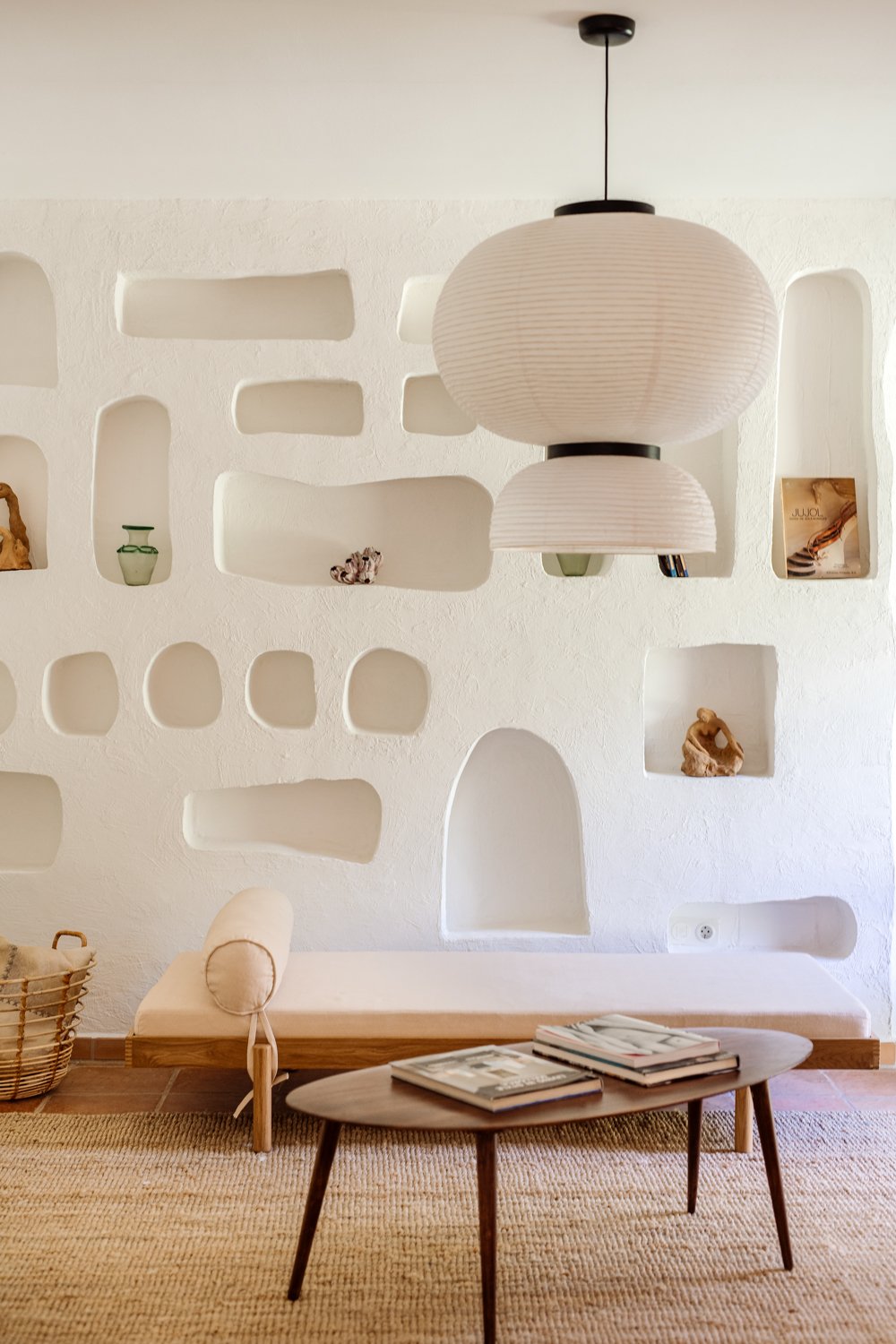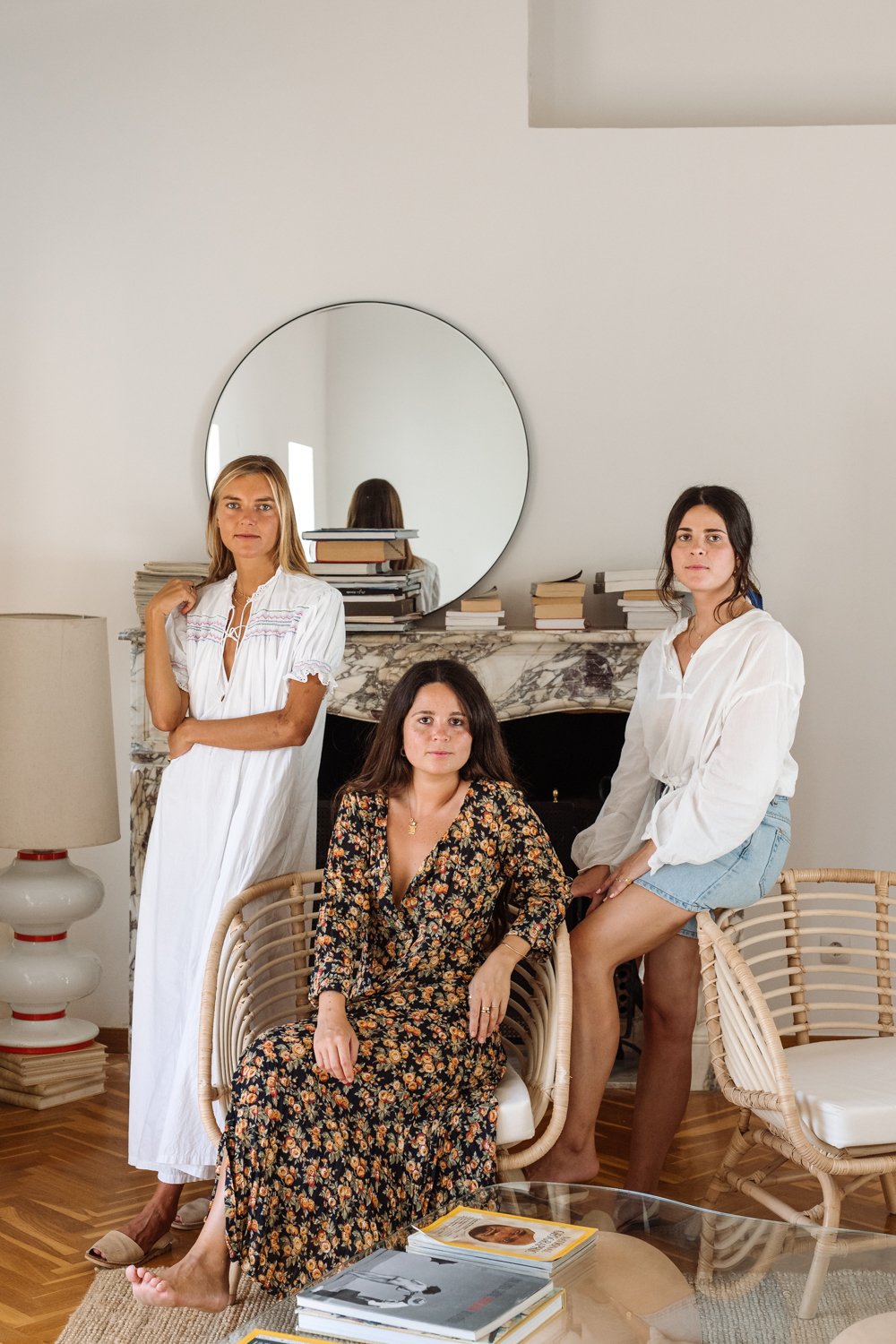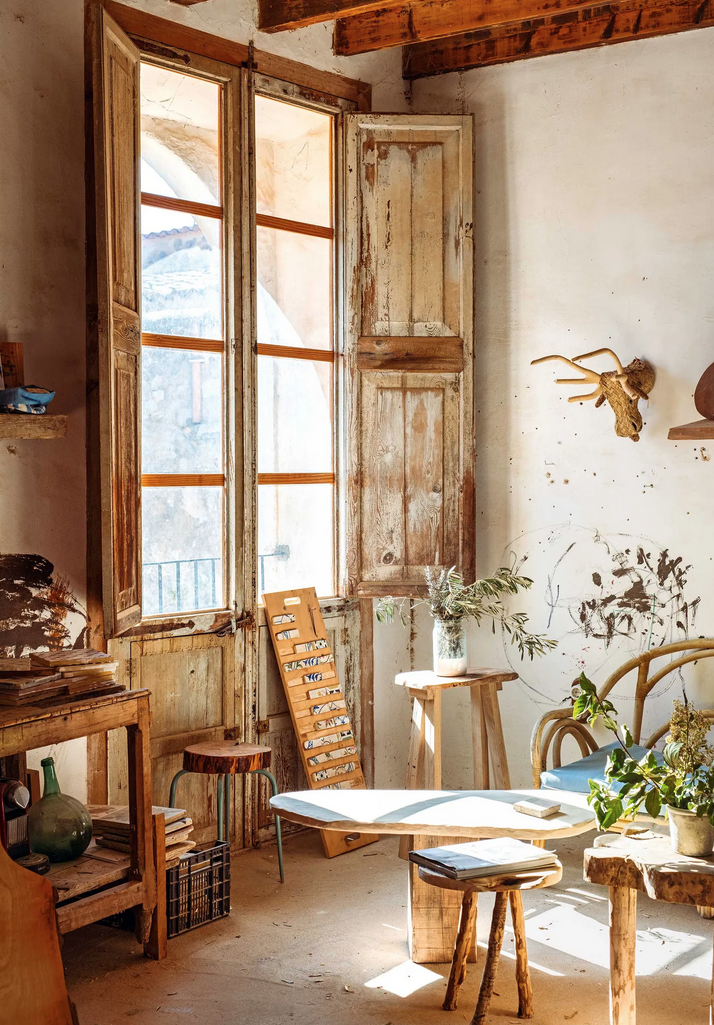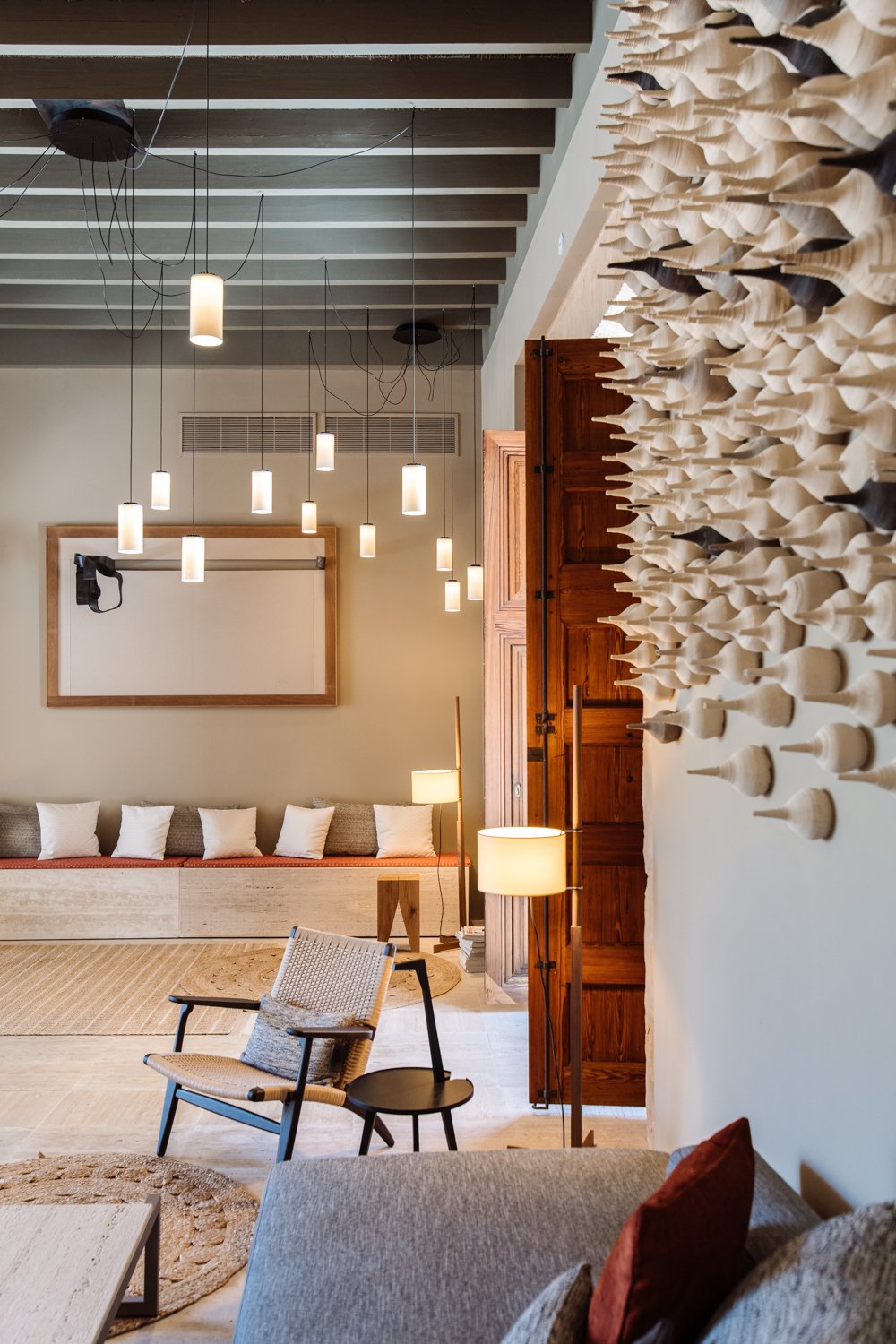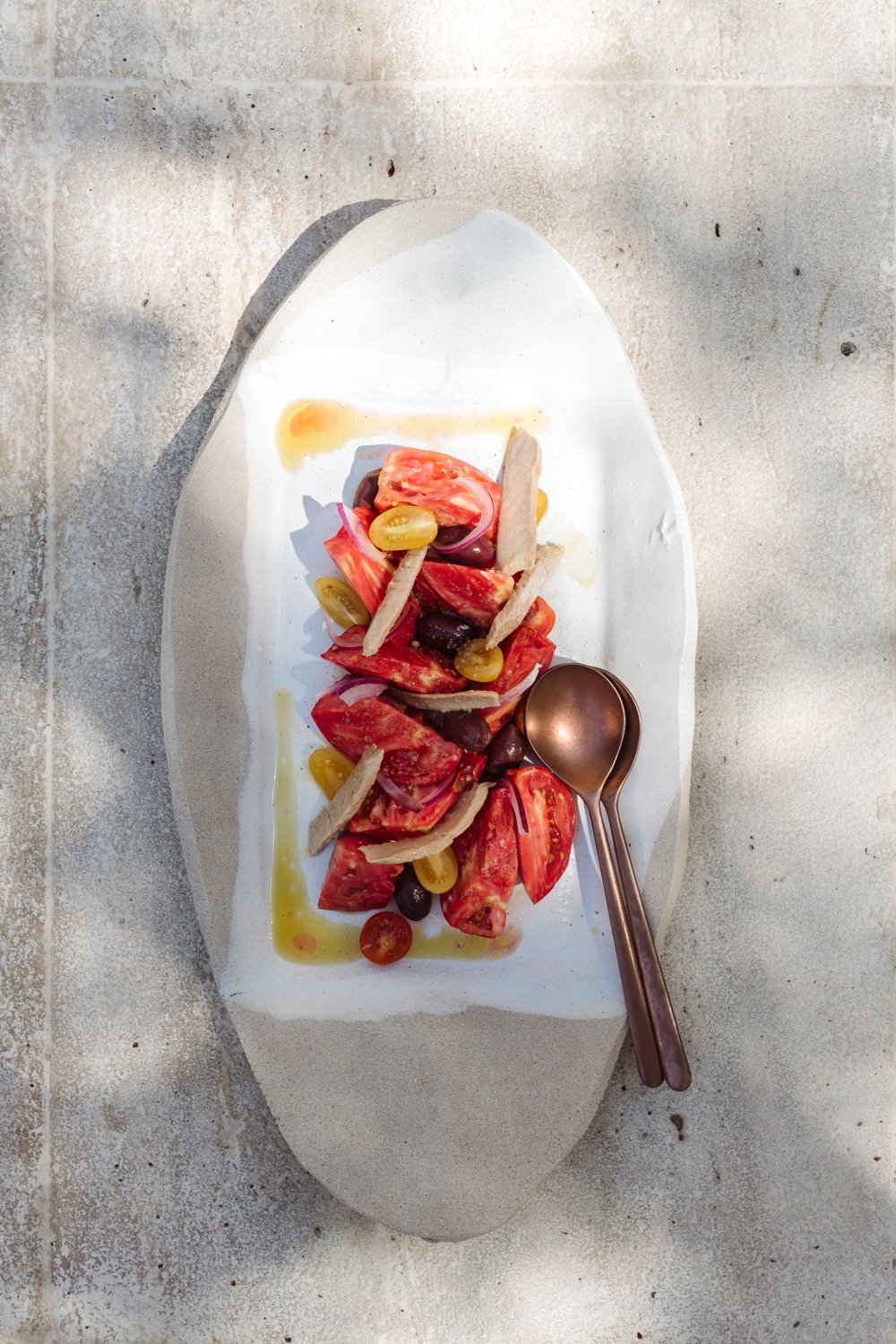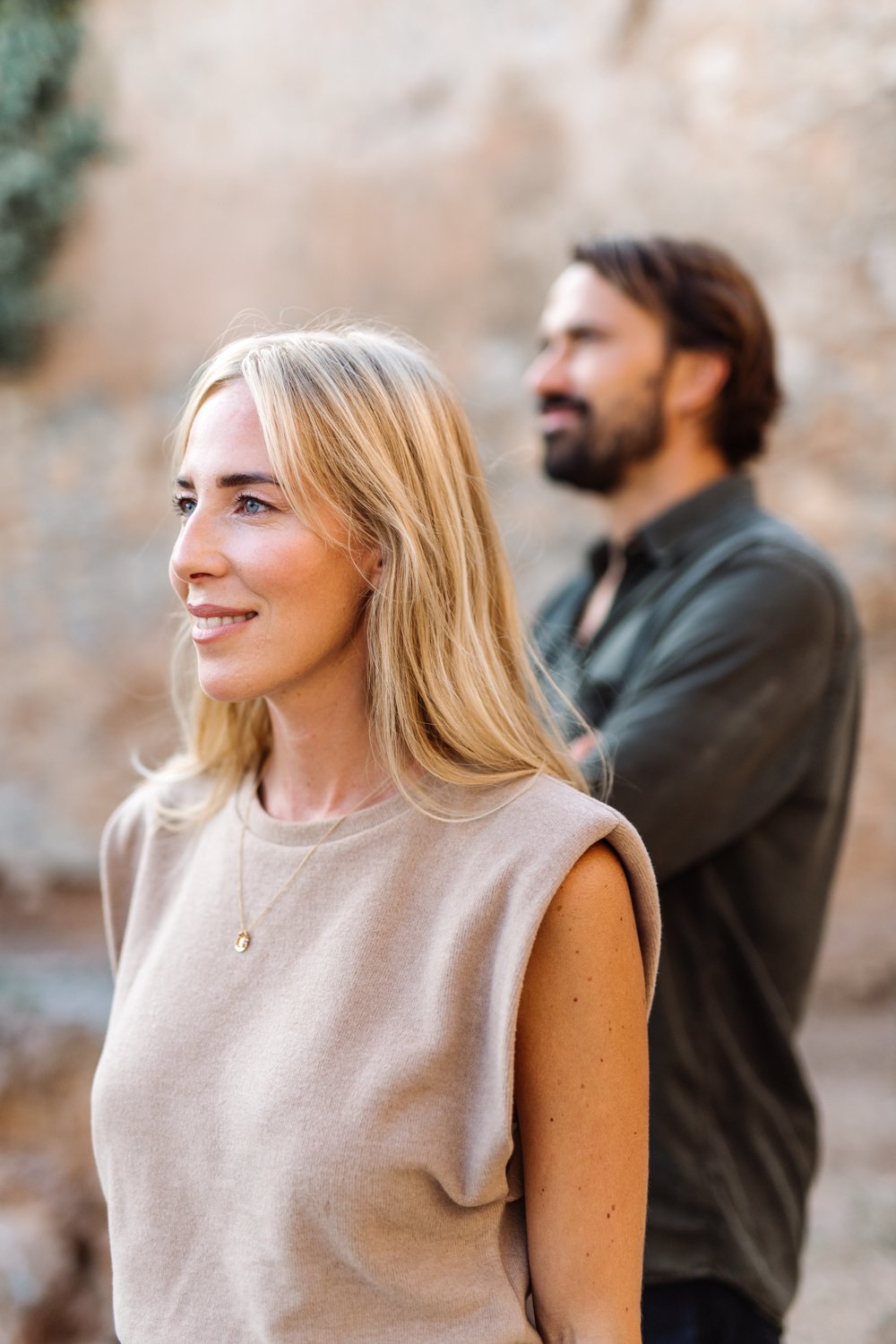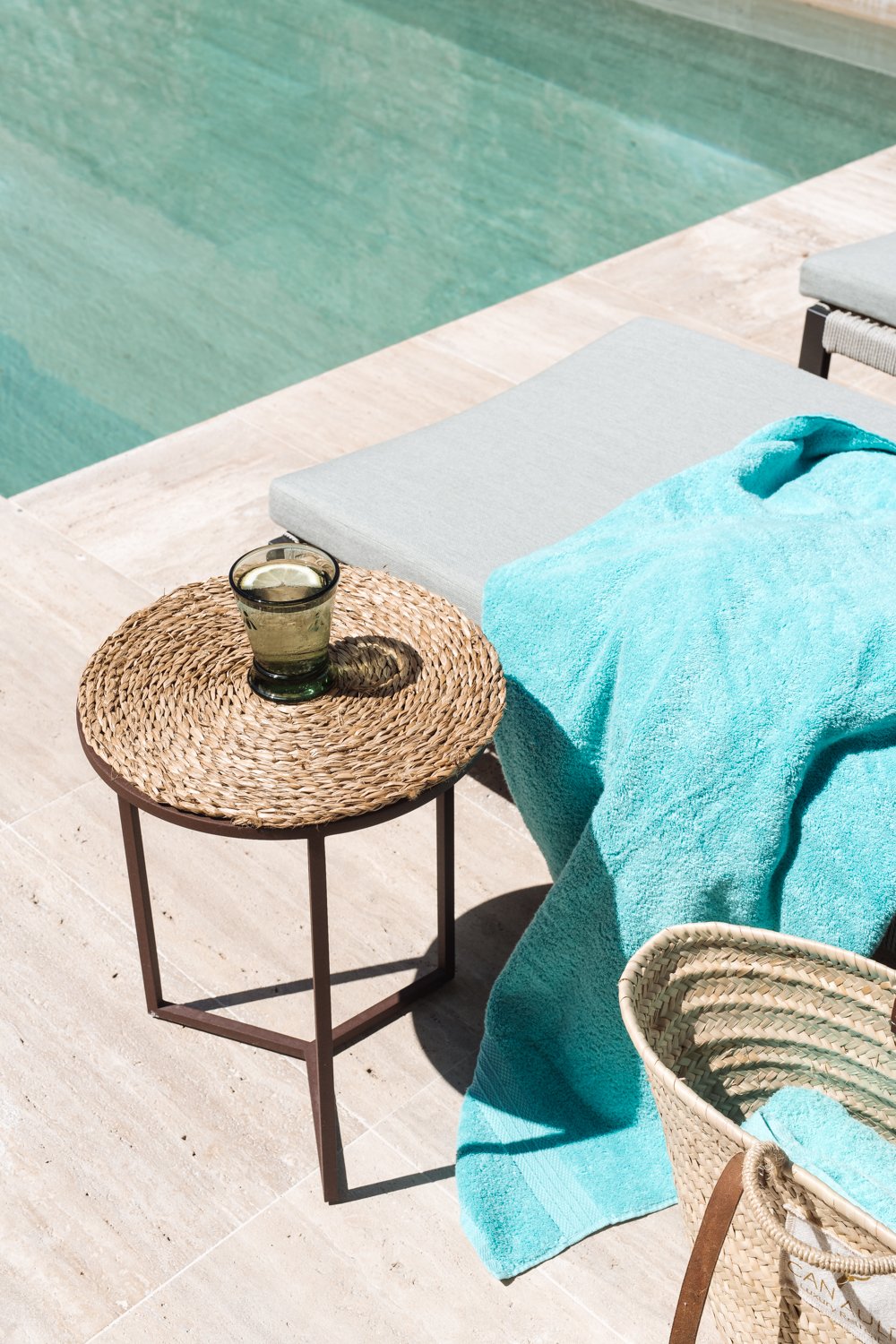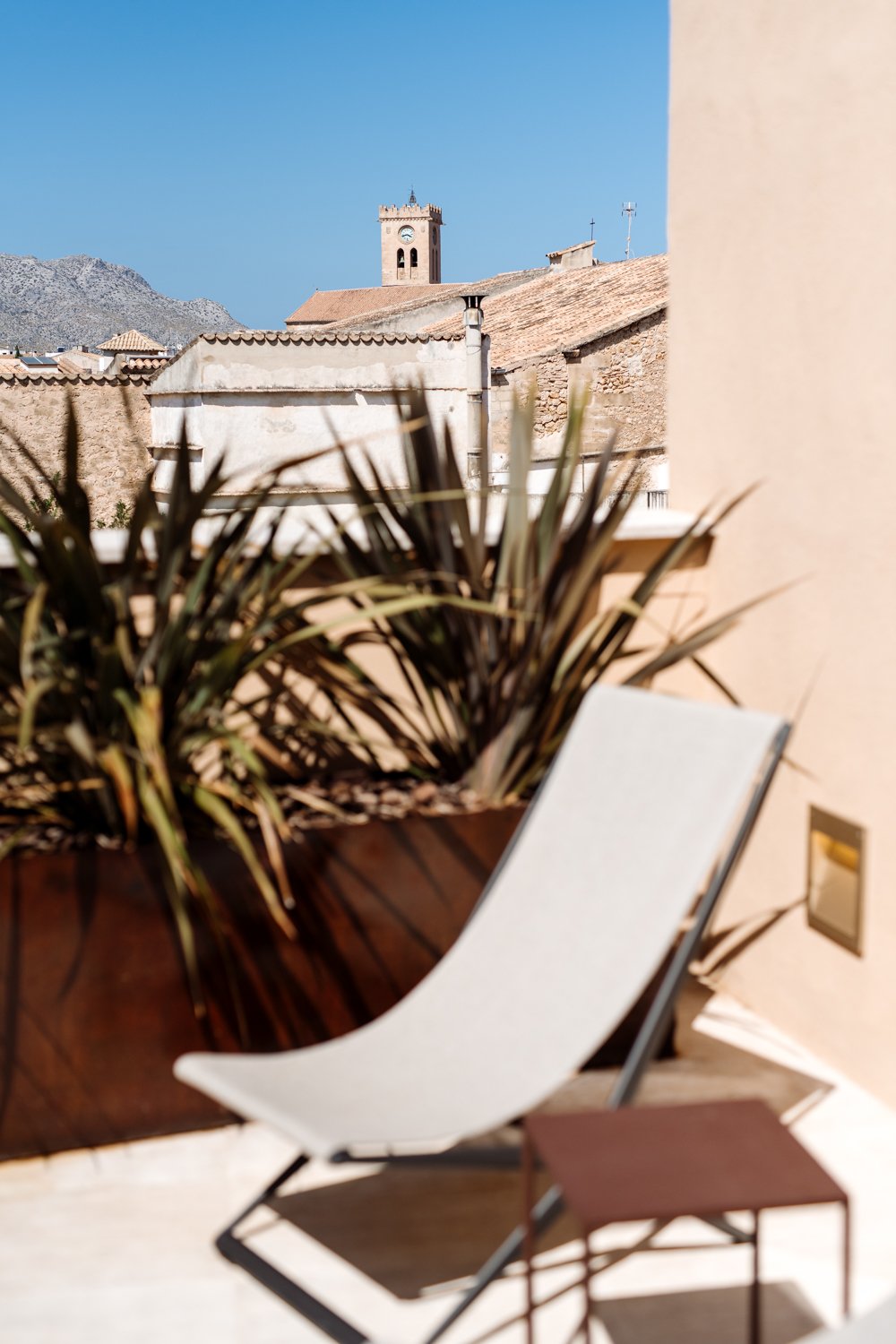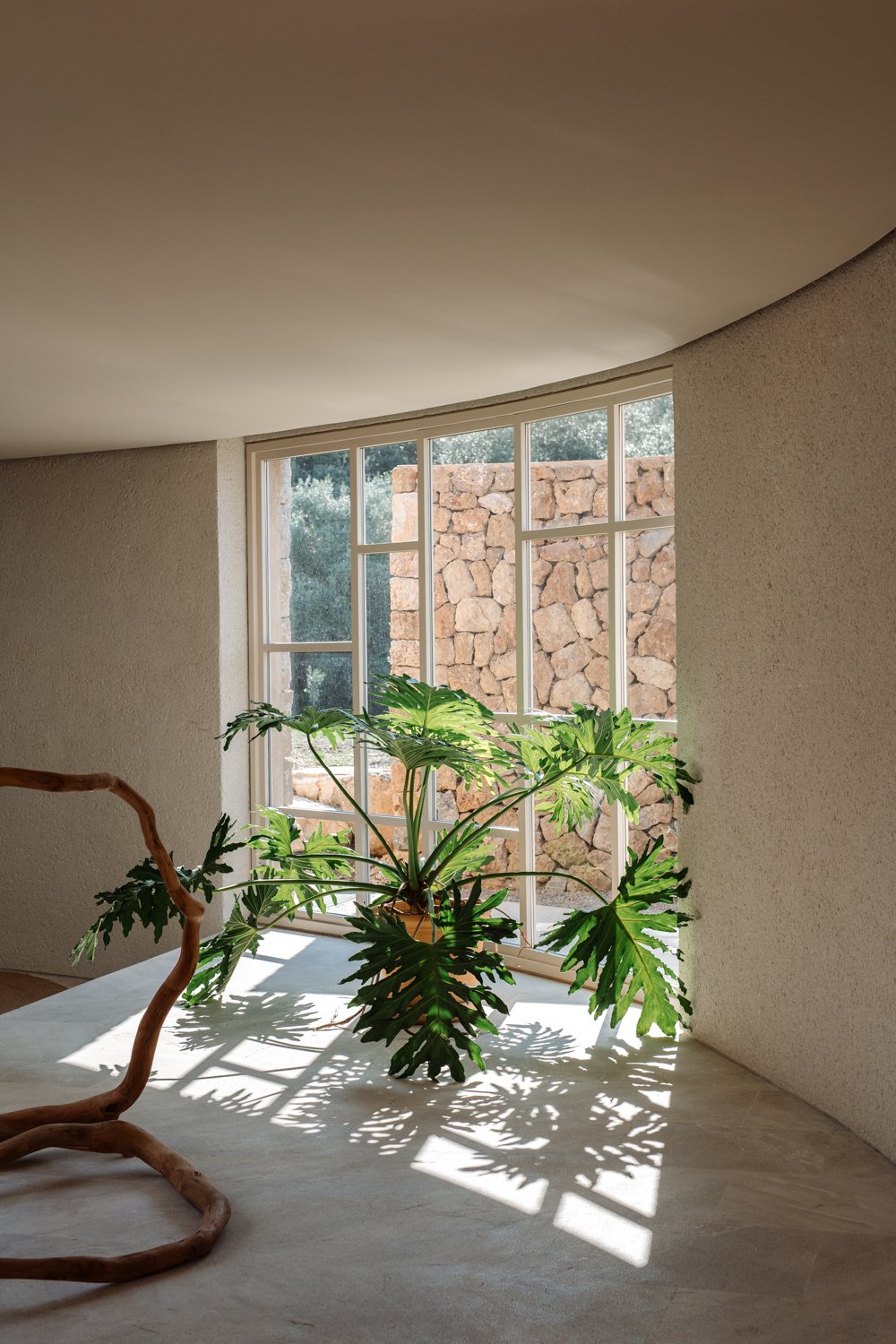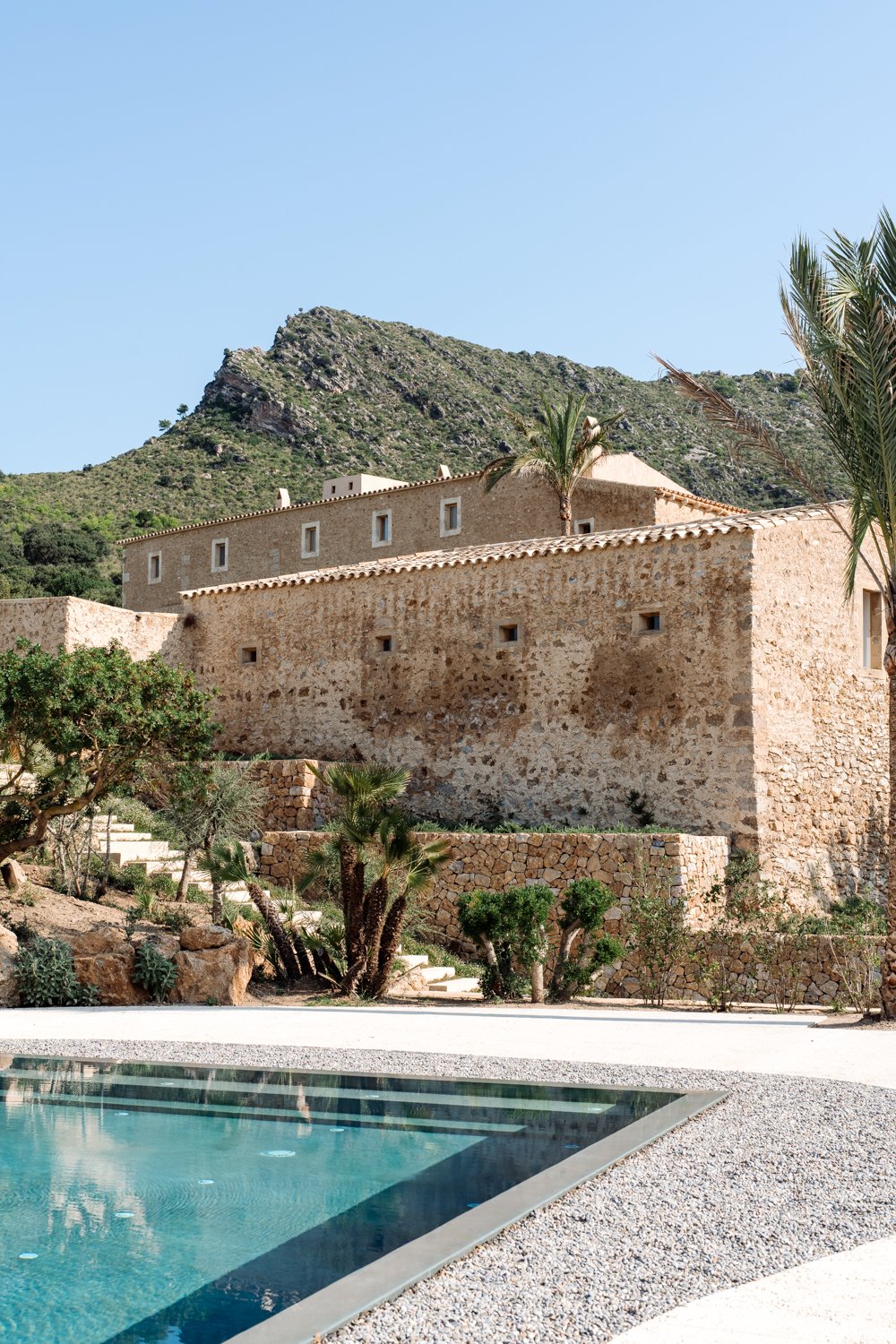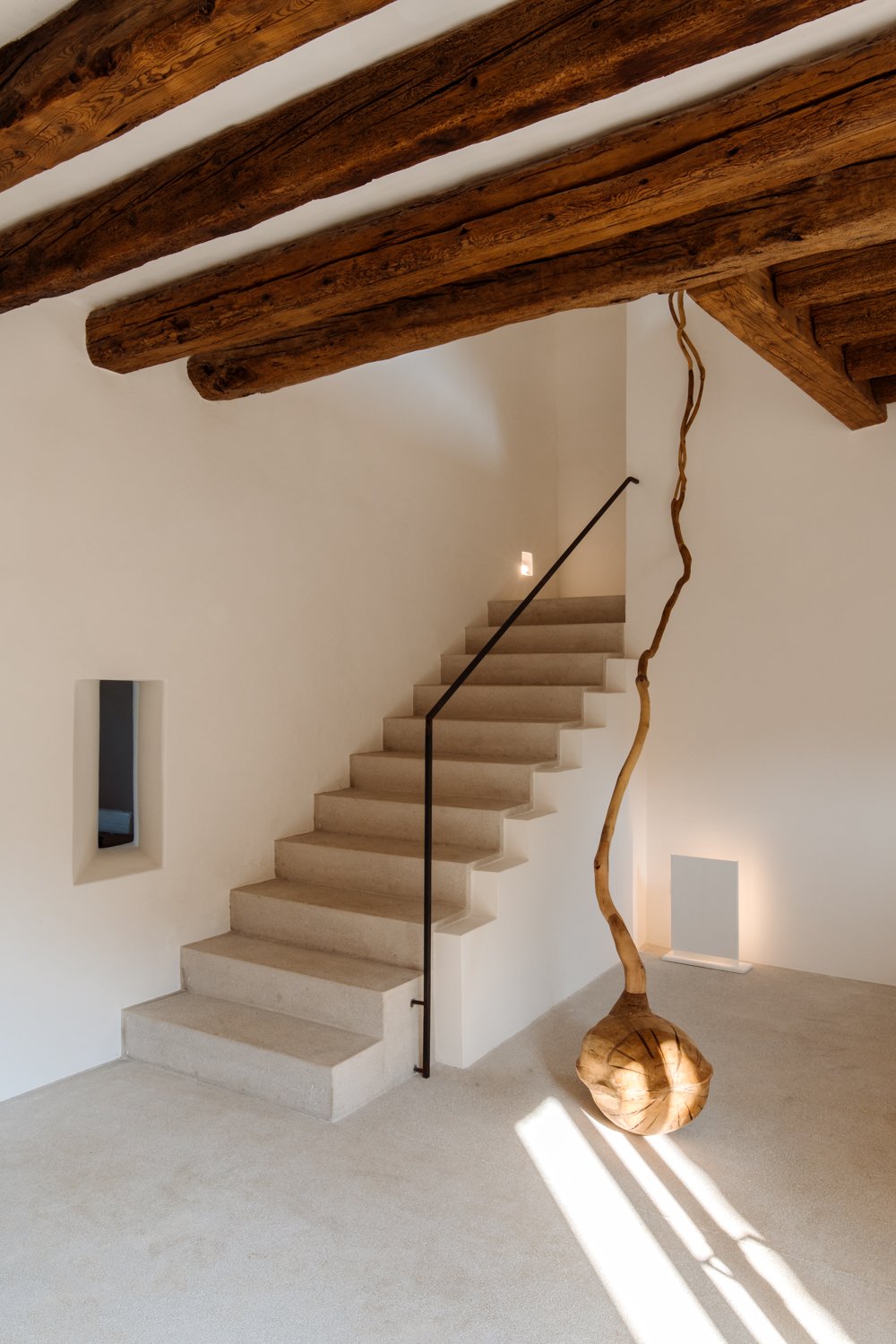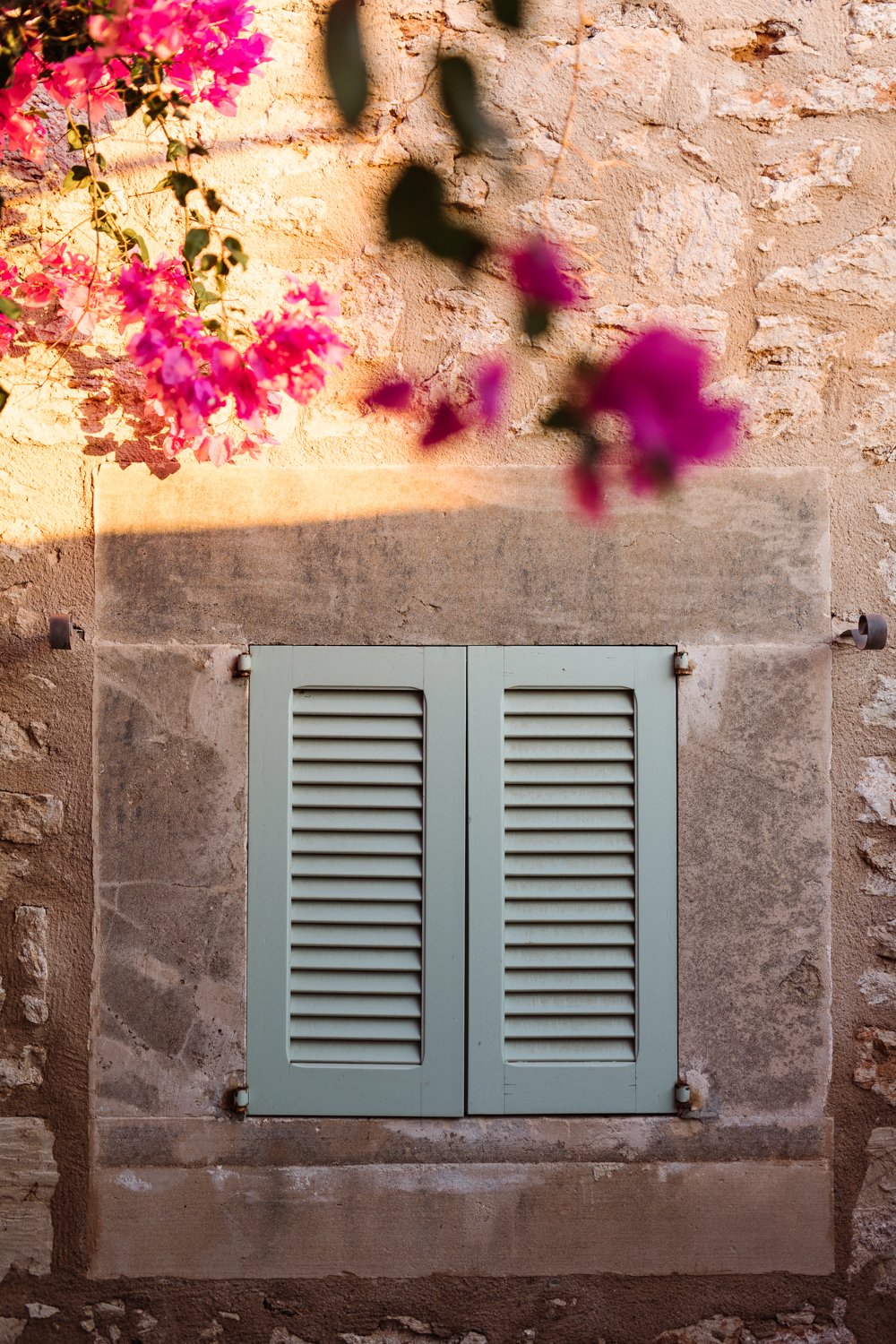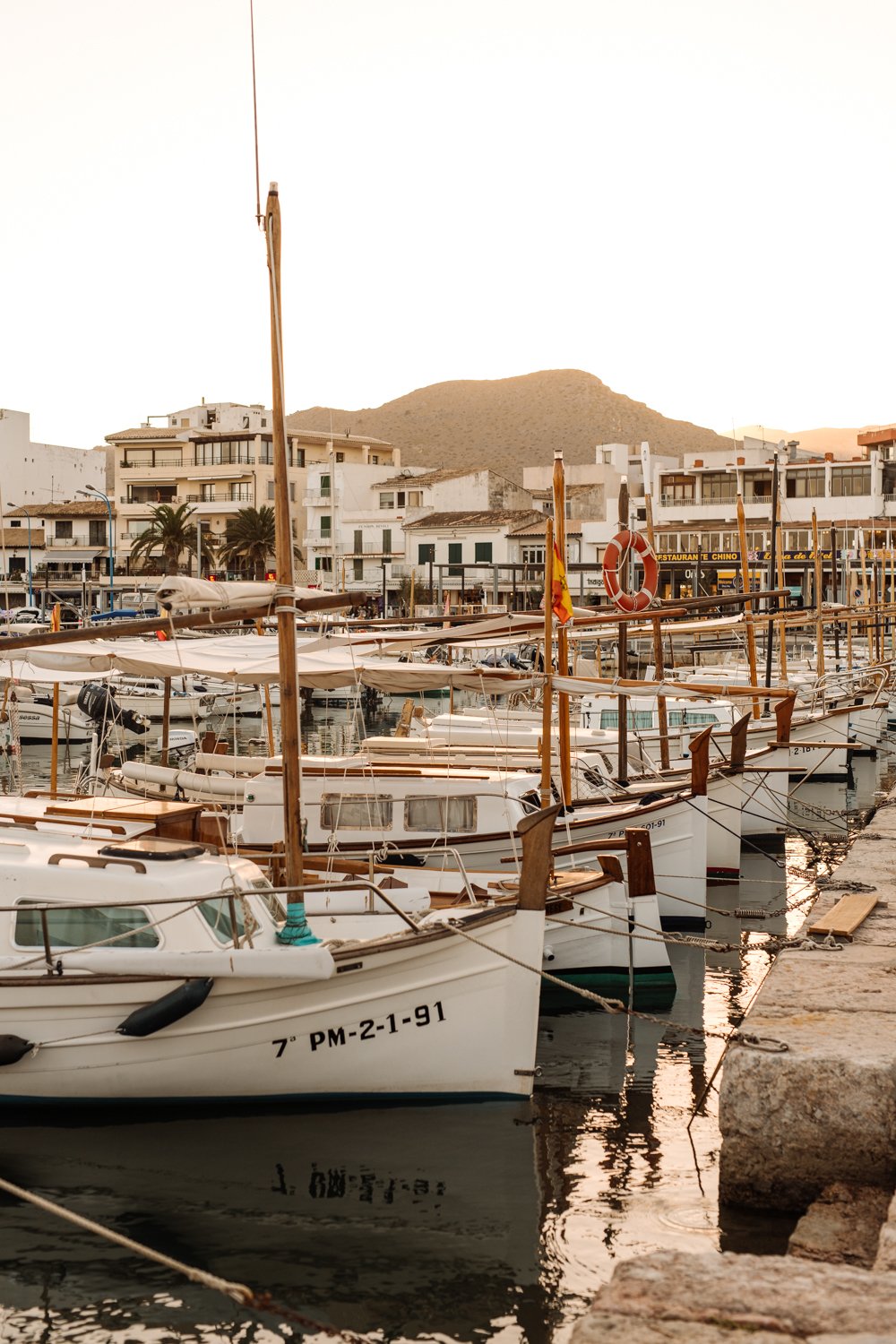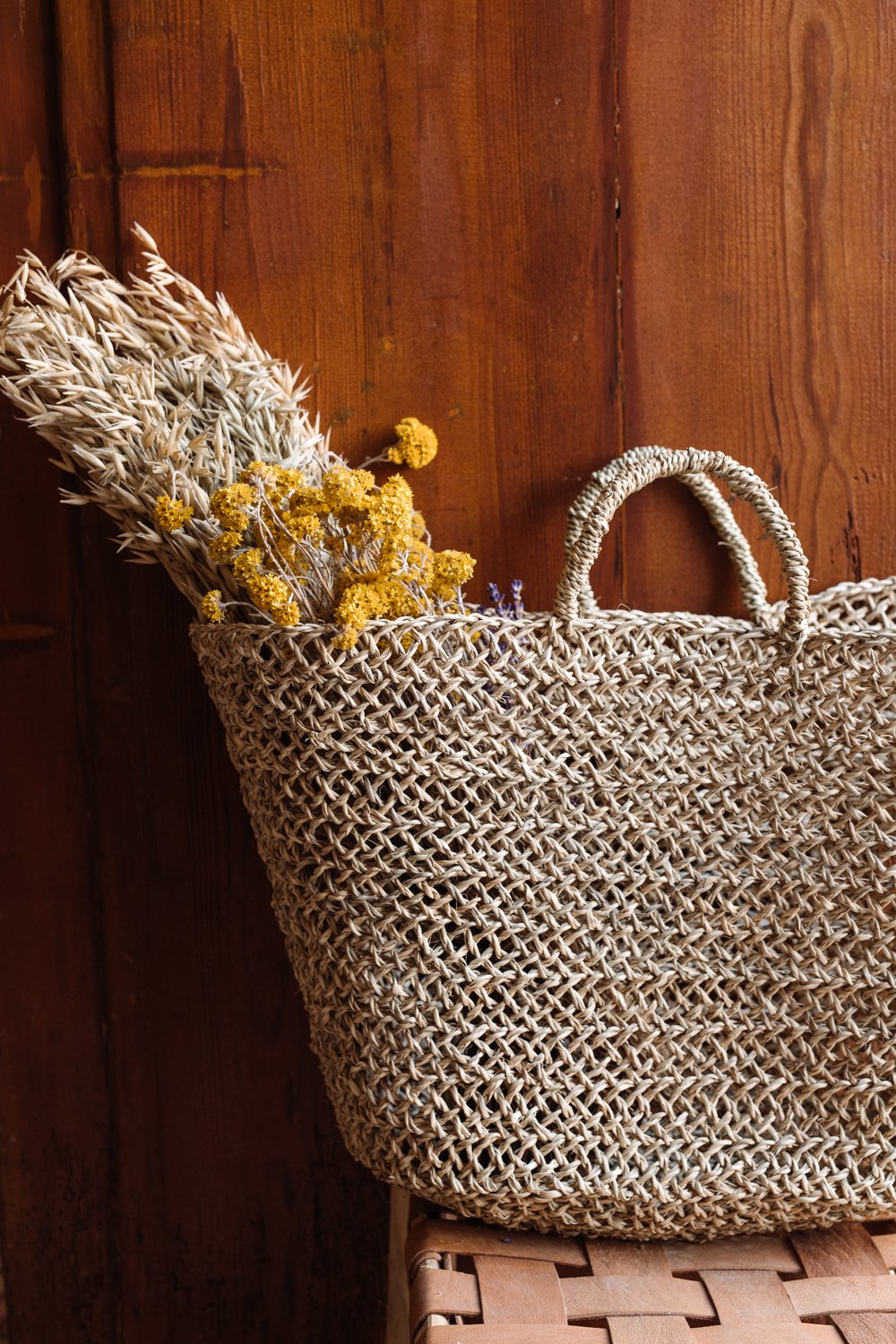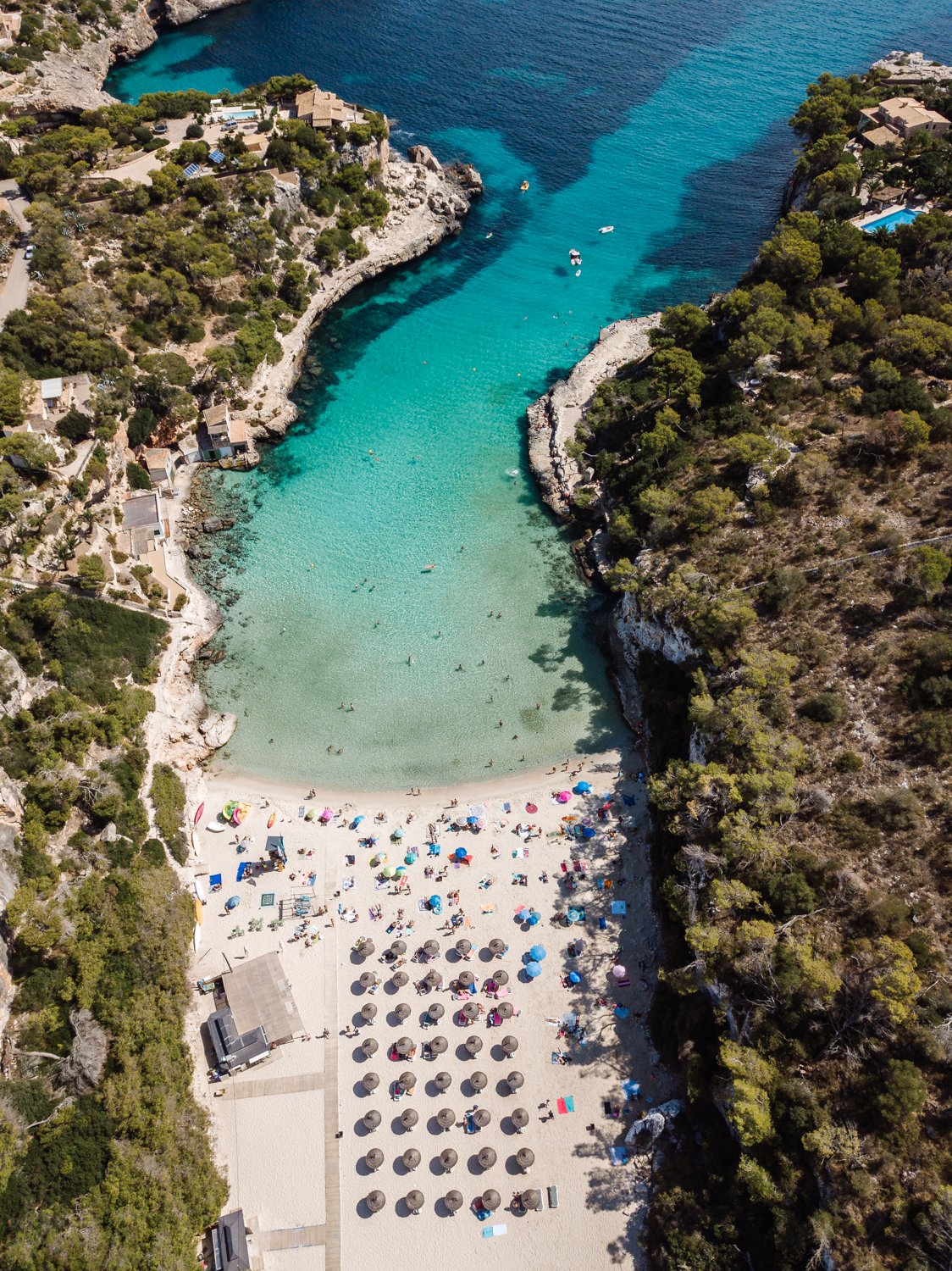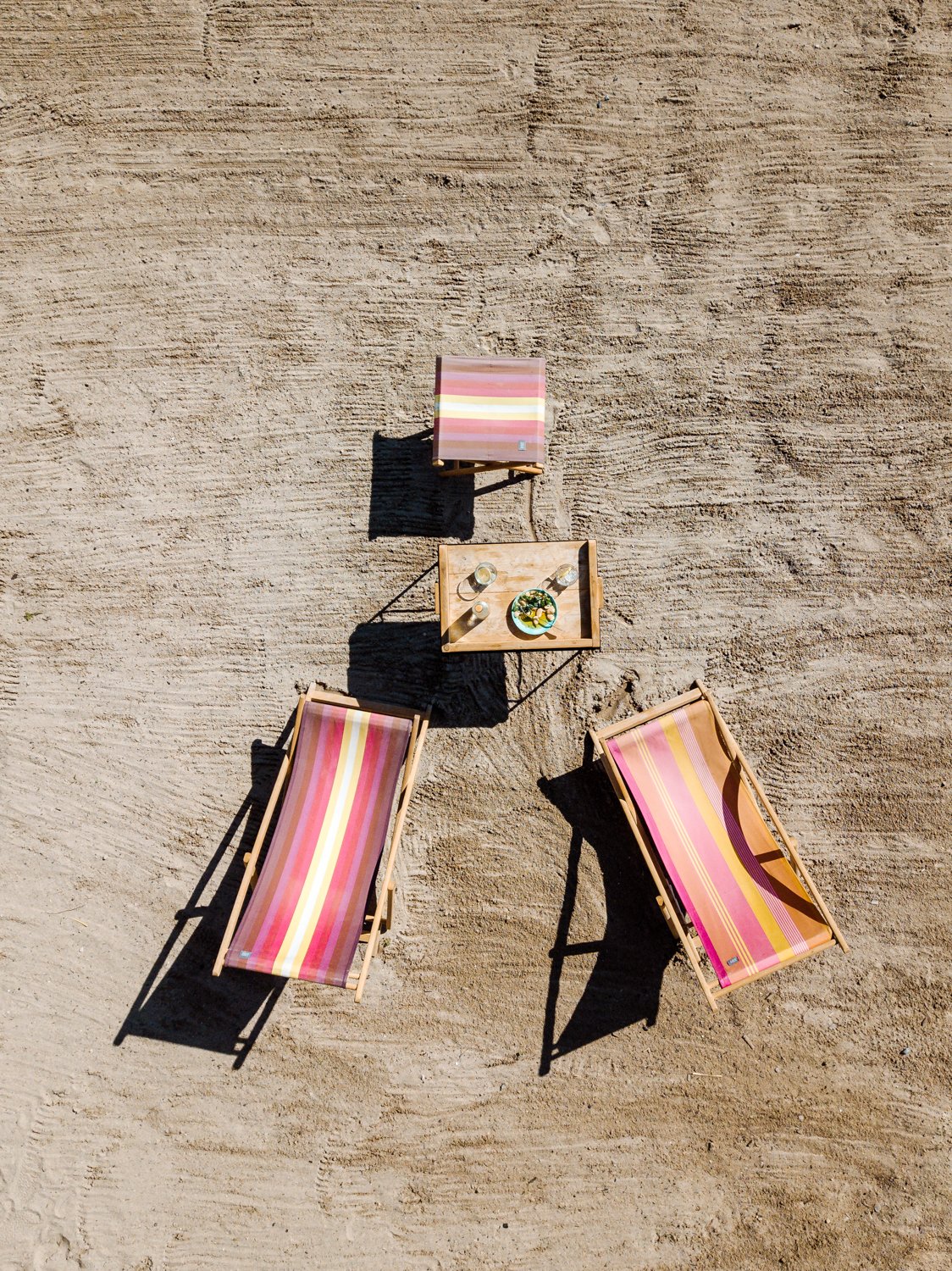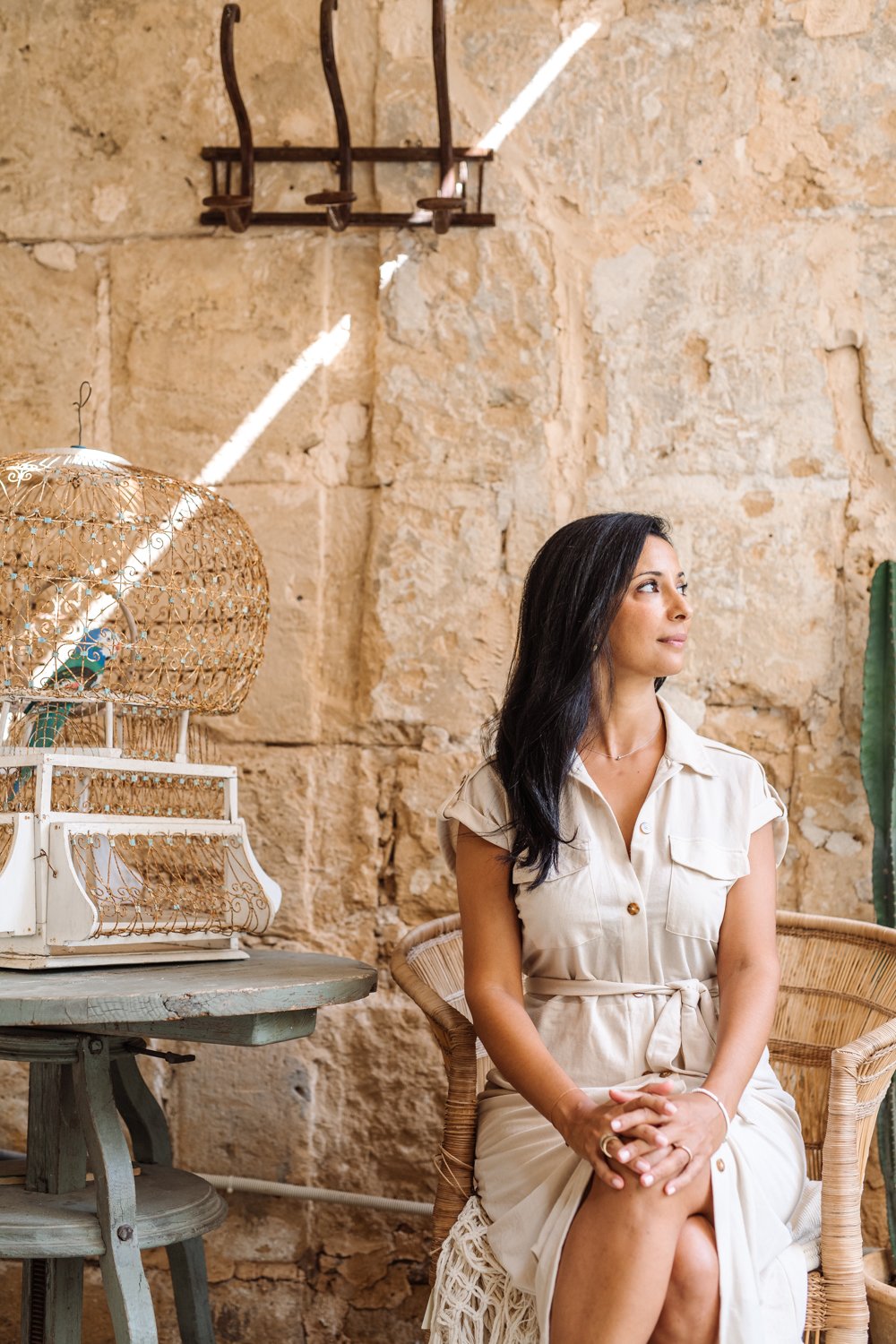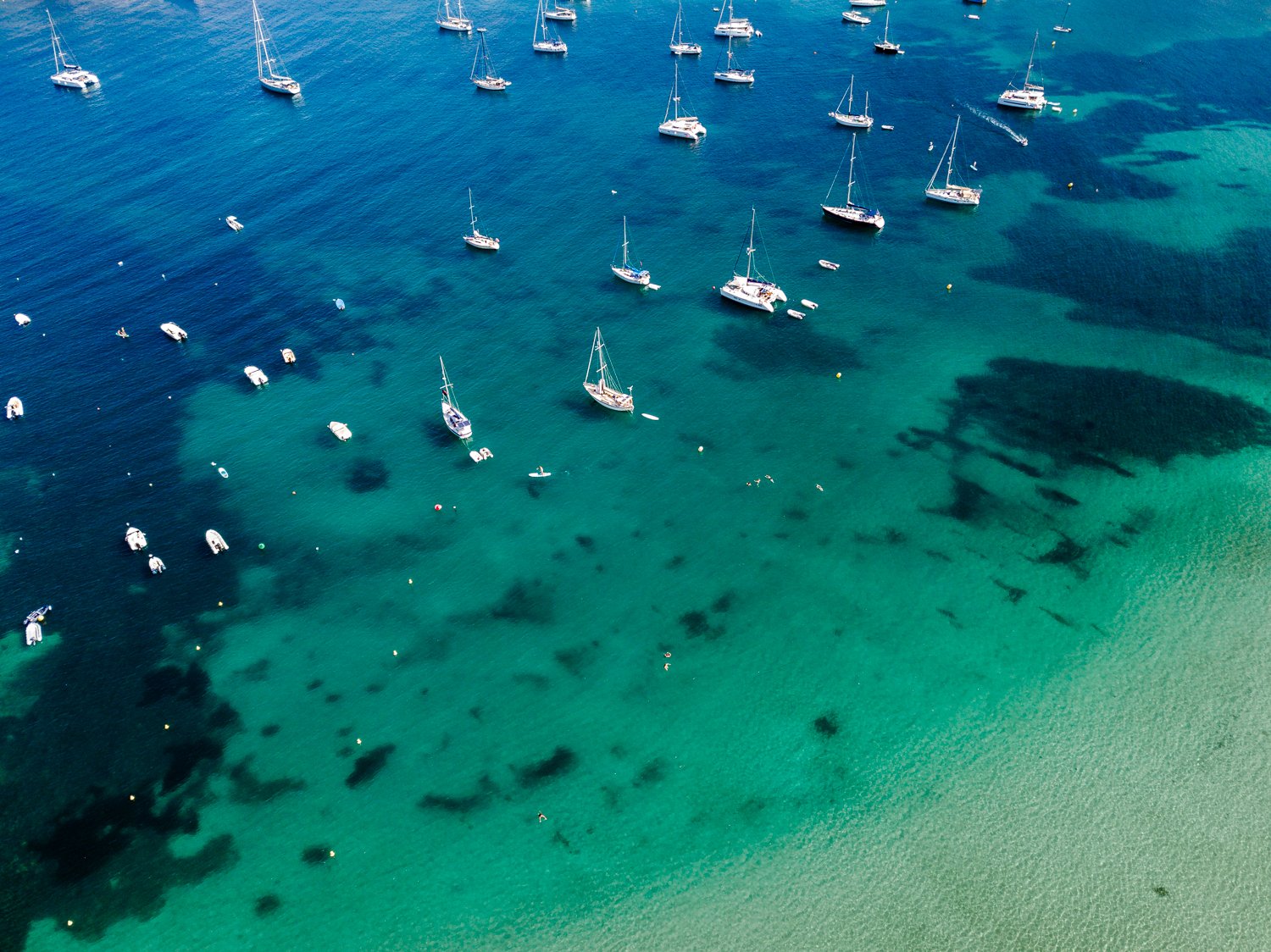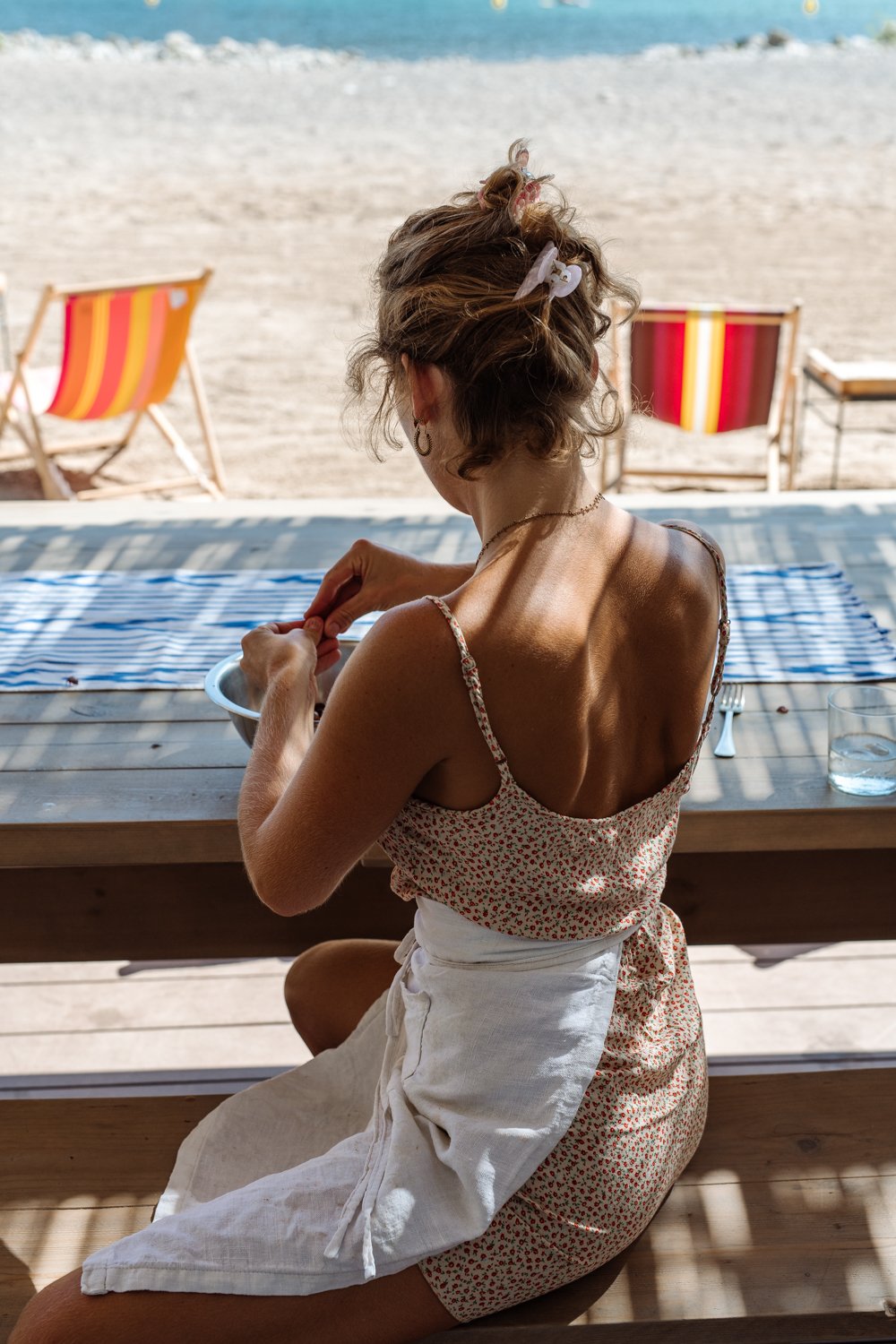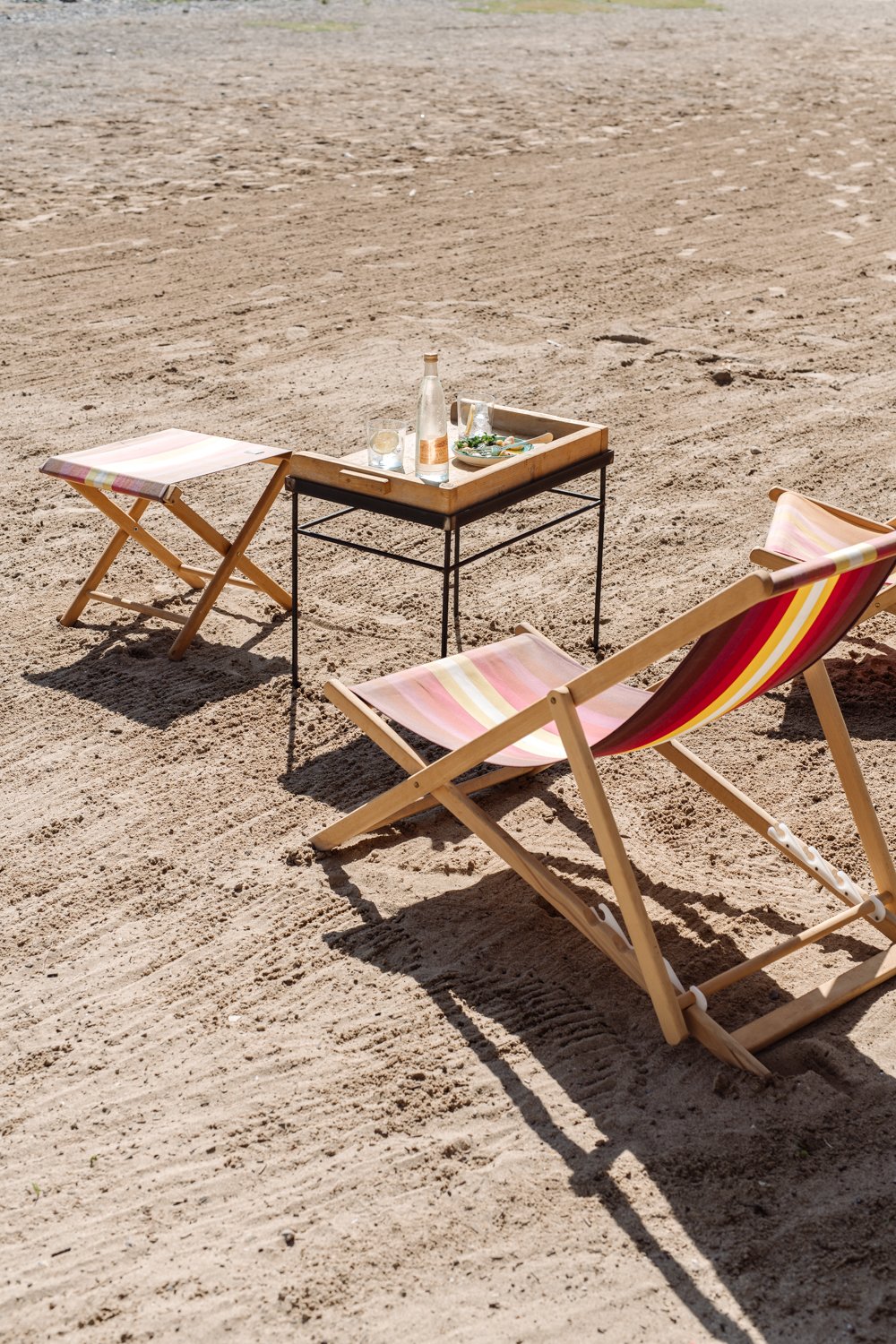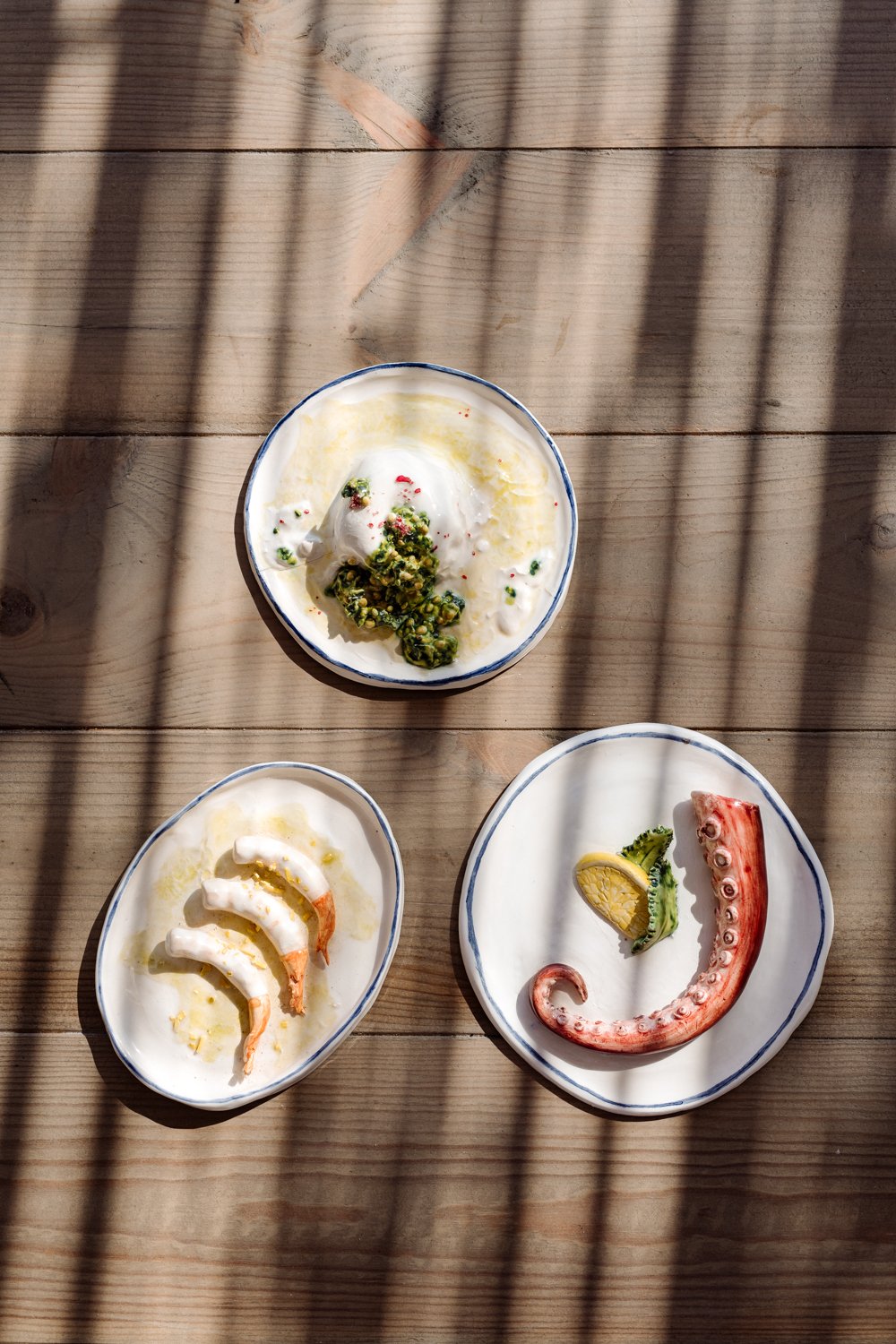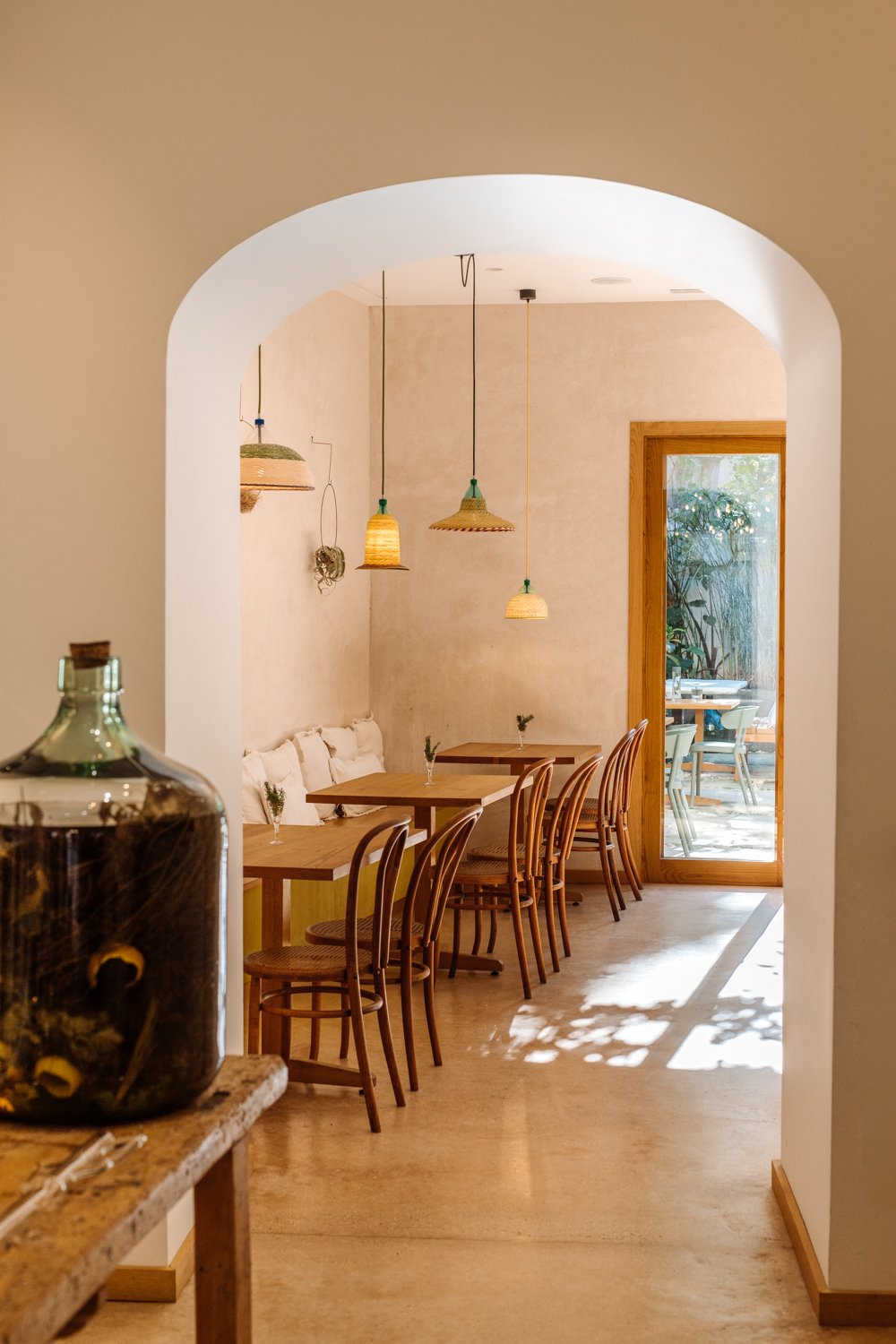Best things to do in Mallorca - Spain's evergreen holiday island
There's been a switch in attitudes on Mallorca for a good few years, a collective slowing down but also looking forward, as Europe's evergreen holiday island recasts its image. Meet the home-grown blue-sky thinkers and culturally curious arrivals who are actioning change, plus where to stay and eat in Mallorca
By Paul Richardson
Read the full feature HERE
More than most places, Mallorca means different things to different people. For many the Spanish island is synonymous with the endless trinity of sun, sea and sangría, since it virtually invented European beach tourism in the early 20th century. In 1929 Gertrude Stein famously wrote to her war-traumatised friend, the novelist Robert Graves, recommending Mallorca as the perfect place for him to down-shift and de-stress. (‘It’s a paradise,’ she suggested, adding the biting qualifier, ‘if you can stand it.’) For while its popularity soared, the Mallorquín culture was becoming ever more marginal. Traditional farming, skills and cooking almost withered on the vine. (The vines themselves also withered, as ancient grape varieties including Manto Negro and Callet were sidelined to make way for Cabernet Sauvignon and Chardonnay.)
When I first came here in the 1980s, it was as a footloose student with a Lonely Planet guide and a fistful of travellers’ cheques. If in those days the island suffered from a serious case of low self-esteem, by the turn of the century it was starting to feel better about itself. The old city of Palma, once almost a no-go zone, had begun its rapid transformation into on of the Mediterranean's most desirable destinations. In 2011, the Tramuntana mountains were declared a UNESCO World Heritage Site, suggesting a new impulse towards conservation and restoration at the expense of untrammelled development. Now, fuelled by nostalgia for the quiet, easygoing past and the current yearning for slow and sustainable travel, the latest phase of the fightback is firmly underway.
Arquinesia Perfumes Mallorca
Revolutions aren’t always full of sound and fury and shouted slogans. Sometimes they’re about a diverse group of people all quietly heading in the same direction. The movement on Mallorca is taking place simultaneously on several fronts. On the one hand are the incomers: the designers inspired by a long-established craft ethos, the artists and creatives relocating here as a back-to-the- land lifestyle choice, and the high-end hoteliers getting real with zero-waste and organic. On the other are the home-grown artisans finding a fresh interest in their work – as well as the cooks, farmers and winemakers rediscovering a rural gastronomy sidelined for decades by mass tourism and supercharged consumerism. To name but three: chef Maria Solivellas, tireless standard-bearer for local ingredients at her restaurant Ca Na Toneta; Pep Rodríguez, maverick maker of natural wines with rare indigenous grape varieties; and Juana Maria Verger, who is adding value to the glossy-leaved carob crop (for years its chocolate-brown pods were fed to livestock or simply left to rot on the ground) with her range of gluten-free flours, syrups and infusions.
This year I pitched up on the island at the tail end of a long, strange summer that those who live here will never forget. Mostly for the near-total collapse of the travel sector, overwhelmingly Mallorca’s largest source of income, but also for the near-empty beaches, the less-polluted sea and sky, and the locals’ delighted rediscovery of their home as something resembling its pre-touristic incarnation. Most of the hotels had either closed for the winter, exhausted by the pandemic’s rules and regulations, or sadly hadn’t bothered to open at all.
Casa Balandra could hardly be described as a hotel. It’s a rambling, beautiful house in the little-visited inland village of Pórtol (known for its pottery workshops) where Claudia and Isabella del Olmo spent their childhood. The sisters and their associate Cécile Denis, who met Claudia on a design course at Goldsmiths university in London, opened the property in August 2020 – emphatically not as a conventional place to stay, rather as a homely haven where creative spirits could come together for informal retreats. When I arrived, it was still in the afterglow of an Indulgence Weekend of banquets, brunches and picnics in olive groves. Chef Naiara Sabandar had cooked up a storm with fruit and vegetables in their seasonal prime: fennel, almonds, persimmons, olives. Claudia, also a gifted cook, shops Palma’s Pere Garau market for island-grown produce and stocks up on coconut flour at next-wave grocers NU Market. The bright-white interiors, filled largely with vintage furniture from nearby markets, were lit up with laughter and big church candles. My hosts at Balandra were two fine examples of Mallorca’s energetic new crowd. Their circle also includes Barcelona-born travel photographer Pia Riverola, Spanish beauty-brand founder Nuria Val and Lena Catterick and Carlo Letica of ethical clothing line Yoli & Otis, who swapped Australia’s Byron Bay for a house outside Sóller.
READ THE FULL STORY HERE
https://www.cntraveller.com/gallery/what-to-do-in-mallorca-spain

